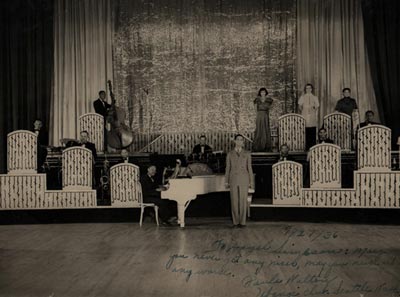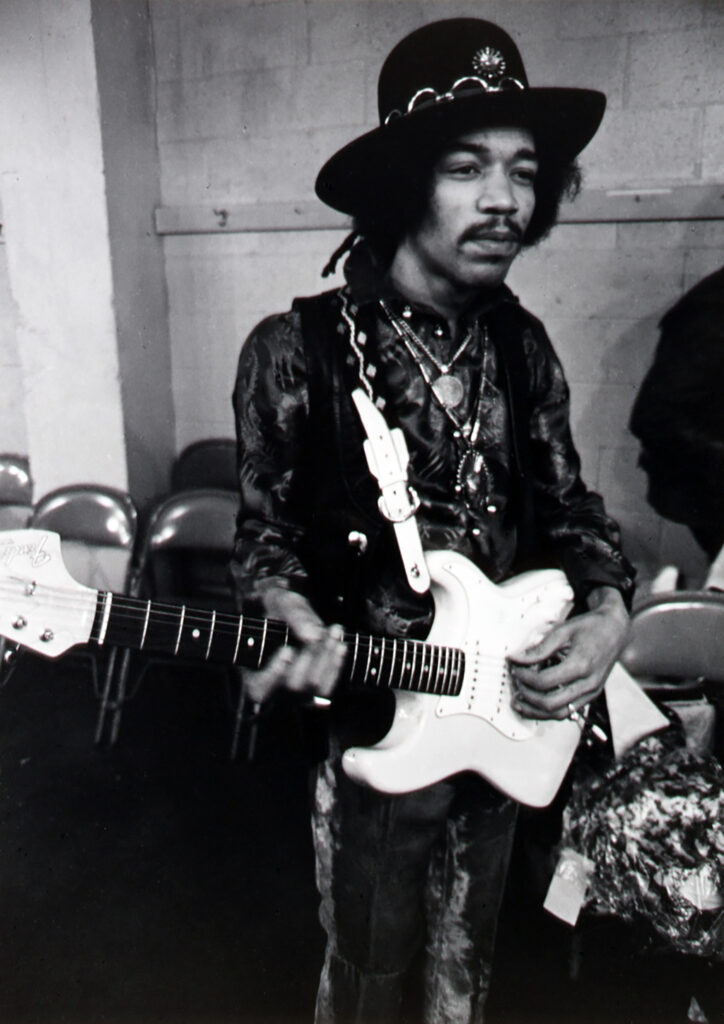
Jimi Hendrix, Seattle Center Arena, 2.12.68, Photo by Ulvis Alberts, Courtesy MoPOP Permanent Collection
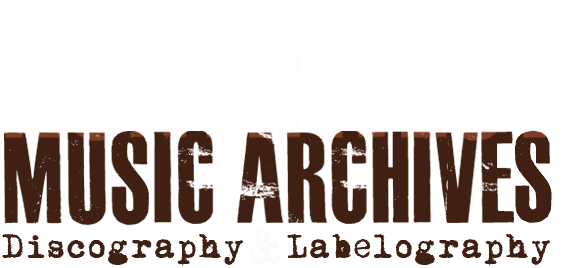
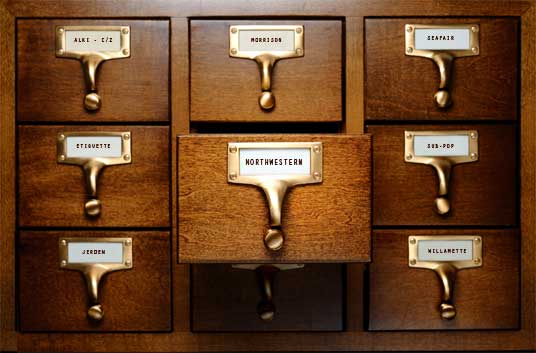
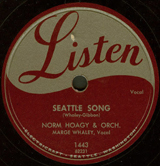 THE NORTHWEST MUSIC ARCHIVES captures and presents data about the history of music-making in our region — with an emphasis on documenting notable local musicians, and audio recordings produced by companies — or “labels” — active in the Pacific Northwest from the 1920s onward. Preliminary data on more than 3,300 local record labels, 8,900 musical artists, 13,000 records, and 50,000 songs is currently accessible. Our team’s initial focus was on the earliest pioneering labels, but we continue to actively expand this database to include more-recent labels. As a work-in-progress, we always welcome input — and are very grateful for the many donations already received — from music fans, musicians, and labels.
THE NORTHWEST MUSIC ARCHIVES captures and presents data about the history of music-making in our region — with an emphasis on documenting notable local musicians, and audio recordings produced by companies — or “labels” — active in the Pacific Northwest from the 1920s onward. Preliminary data on more than 3,300 local record labels, 8,900 musical artists, 13,000 records, and 50,000 songs is currently accessible. Our team’s initial focus was on the earliest pioneering labels, but we continue to actively expand this database to include more-recent labels. As a work-in-progress, we always welcome input — and are very grateful for the many donations already received — from music fans, musicians, and labels.
DATELINE September 1, 2024: BOOM! A FILM ABOUT THE SONICS – Jordan Albertsen’s documentary celebrating Tacoma’s fabled proto-punk rock band from the 1960s is finally making its Seattle premiere at the Museum of Pop Culture (MOPOP) in one week! The long-awaited event will also present a performance by Tacoma’s beloved garage revivalists, Girl Trouble, along with what is being billed as the “60th Anniversary” concert by the globally revered Sonics themselves. It was, indeed, nearly six decades ago that the band’s Halloween-season debut single “The Witch” broke sound barriers by severely stress-testing the tolerance of regional radio stations who were forced to consider airing this unprecedentedly brutal rock ‘n’ roll song (which area kids were already rabid about) and risk alienating their other demographic stay-at-home housewives. Washington State’s dominant AM station, KJR-AM, definitely dithered on the matter for the first couple months – but, by January 1965, finally acquiesced under the mounting teen underground’s pressure, began spinning the record, and the rest is history…
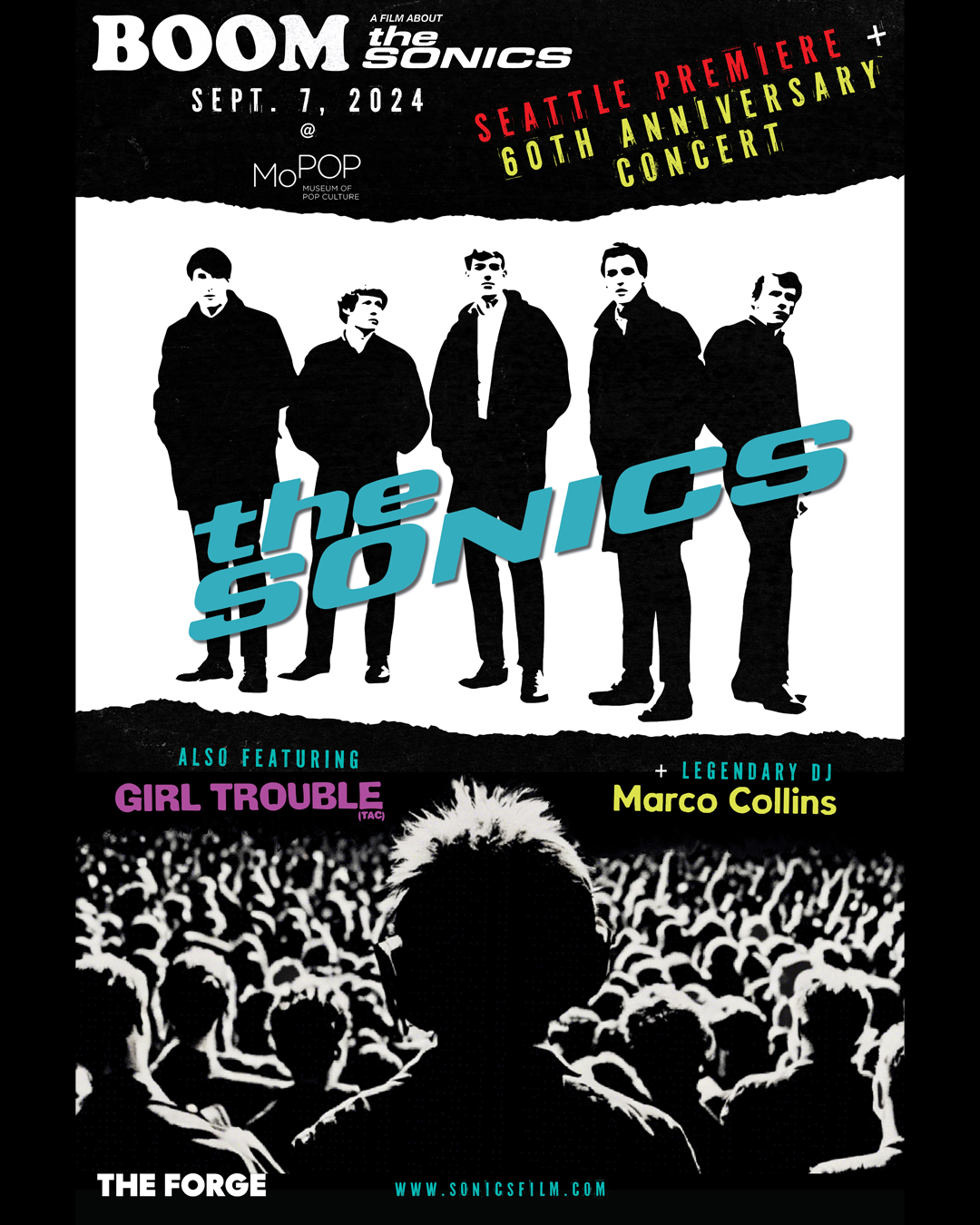
DATELINE July 1, 2024: The history of Oregon’s dynamic punk rock cultural movement of the 1970s and 1980s is the focus of an upcoming gallery exhibit: Pioneers of Portland Punk (1977-1984). The exhibit opens at the Multnomah County Library on July 7, with a special reception event on July 20, and a screening of Mike Lastra’s Northwest Passage documentary film on August 10. So many great bands emerged during that time period – we can’t wait to go celebrate their achievements all these years later!
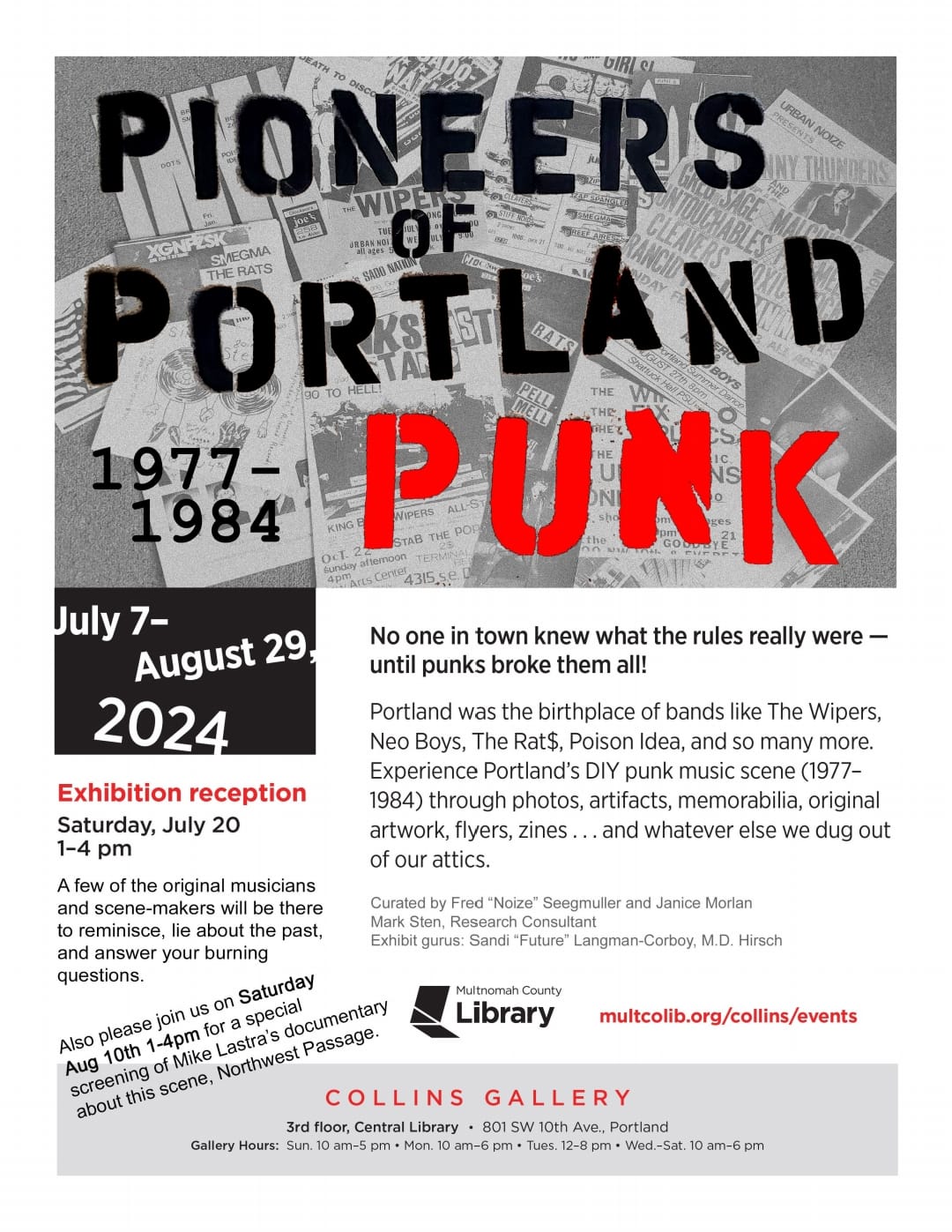
DATELINE March 10, 2023: Today The Seattle Times posted a sneak peek at Peter Blecha’s brand new book: Stomp and Shout: R&B and the Origins of Northwest Rock and Roll. The book is a result of forty-five years of research and interviewing local musicians, dance promoters, radio DJs, audio engineers, and record label owners. The Library Journal has already deemed it his “magnum opus” and a “tour de force.”
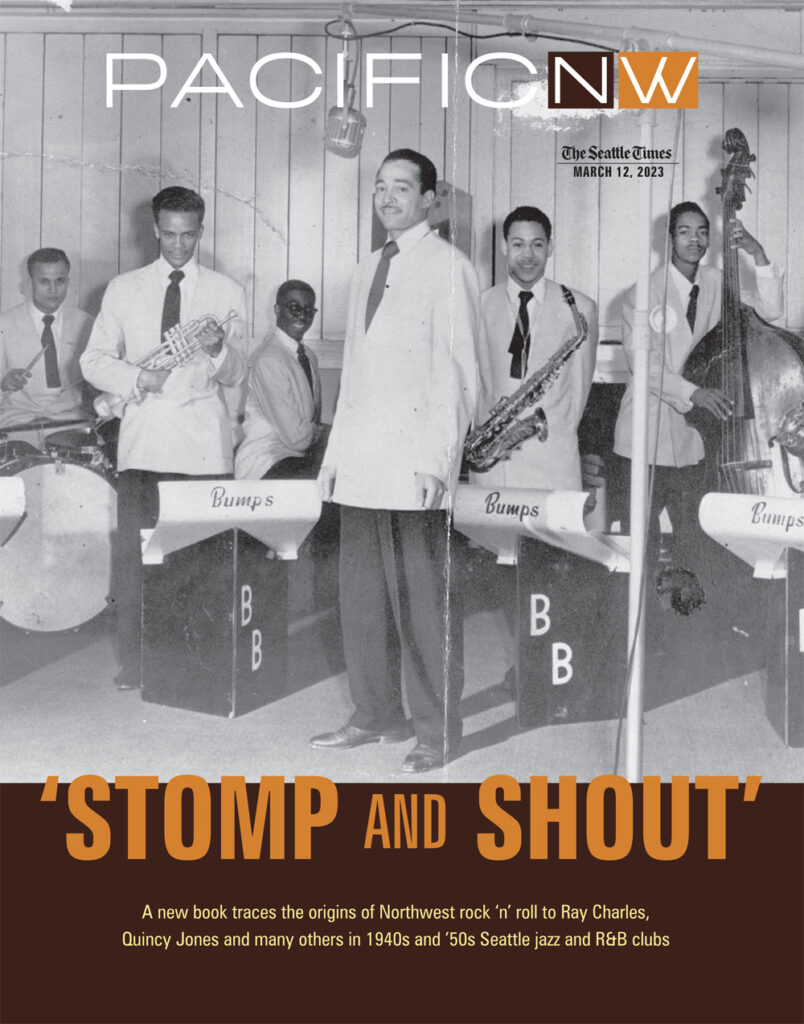
Robert “Bumps” Blackwell’s Junior Band — with Quincy Jones on trumpet, 1940s, cover photo courtesy The Seattle Times archives.
[…Click here to read the introduction…]
[…Click here to read the main book excerpt…]
DATELINE January 3, 2023: Every once in a while we here at the Northwest Music Archives unearth the saga of a previously undocumented musician from the Pacific Northwest – and in this latest example, the story is quite a doozy. It pertains to one Zona Lillian McConnell (1884-1977), a multi-instrumentalist who recruited and led a successful string of Seattle-based “all-girl” jazz bands in the 1920s and 1930s. One night in 1930 her band engaged in a notably epic Battle of the Bands event. There is so much more to the life-story of this amazing woman and her fellow players, and all the details can be enjoyed here.
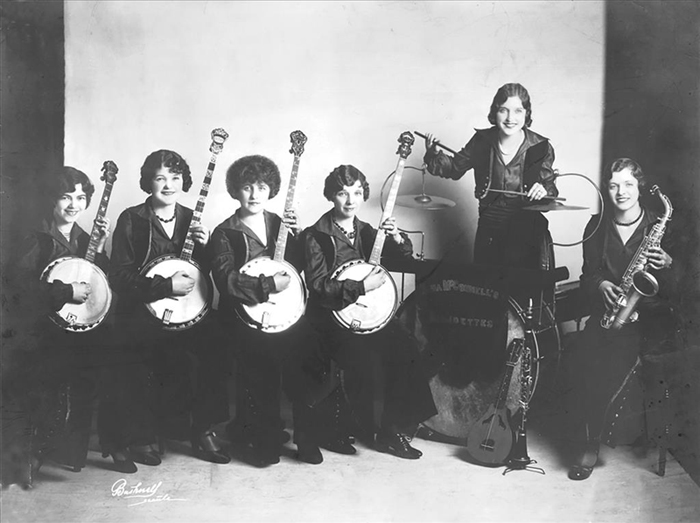
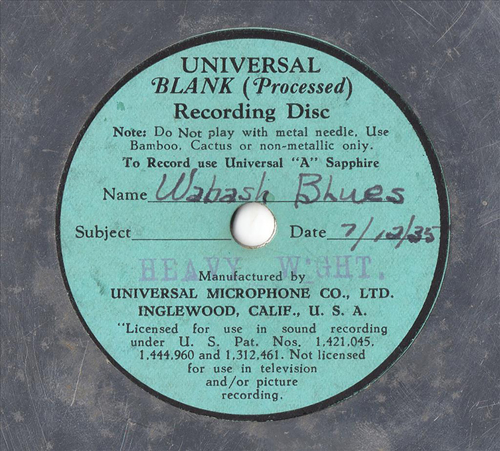
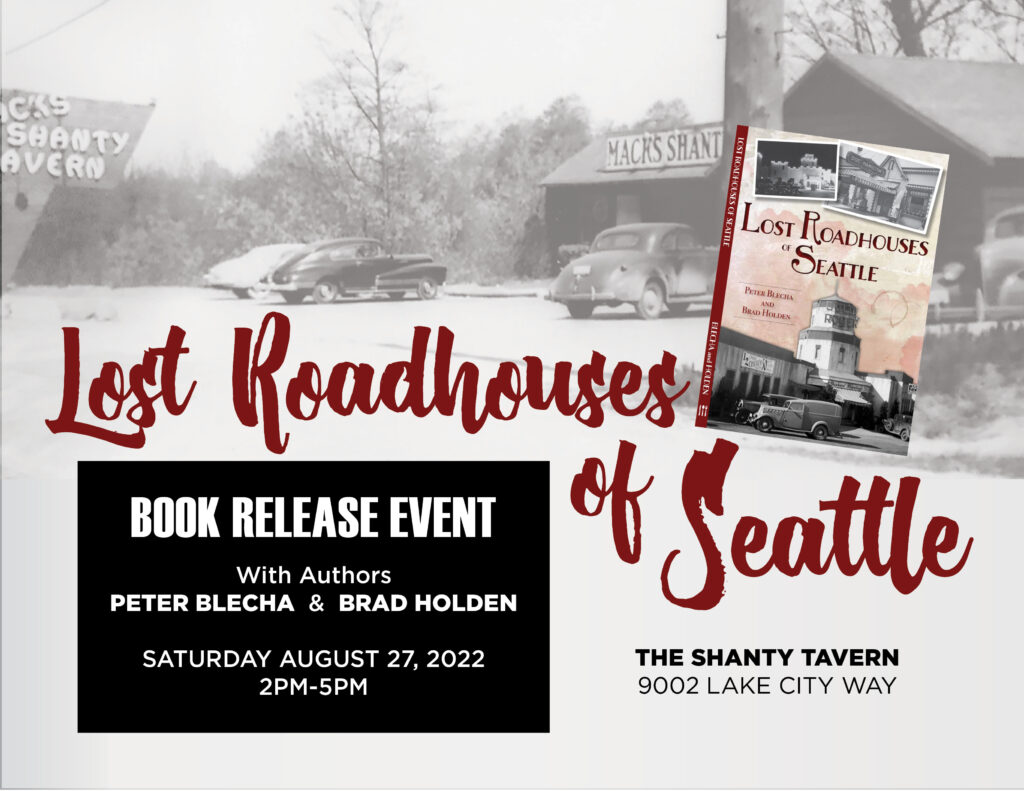
DATELINE August 1, 2022: History Press publishing house is pleased to announce the release of the Lost Roadhouses of Seattle book, which covers the exciting story of many of the most interesting long-gone roadside dens of iniquity that sprang up between Olympia, Tacoma, Seattle and Everett, Washington, in the 1920s and 1930s. Included is much info on the rowdy music scene that entertained the revelers in joints including the Jolly Roger, Spanish Castle, Parker’s Ballroom, and the Evergreen Ballroom.
“Prohibition came early to Washington State — in 1916 — and kicked off an unforgettable era of nightlife. Prohibition went national in 1920, and a network of roadside inns, taverns and dancehalls just outside Seattle’s city limits thrived well into the rockin’ 1950s, providing illicit entertainment for those seeking a good time. Spurred on by early car culture and strict liquor laws, places like the Spanish Castle, The Jungle, and the Black Cat sprang into being. Commonly called roadhouses, many of these remote outposts existed along two newly built and parallel stretches of county highways, far from the prying eyes of city police. Fabled speakeasy operator ‘Doc’ Hamilton founded some of these hideaways. Join the authors Peter Blecha and Brad Holden as they uncover the fascinating era of forbidden nightclubs.” […READ MORE…]
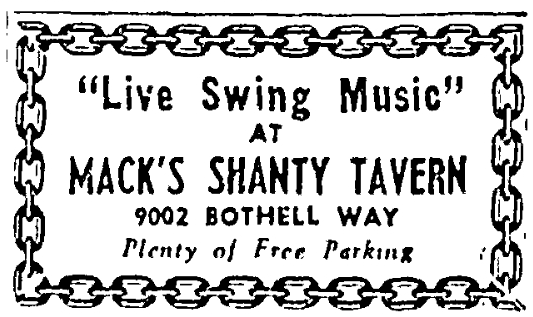
Mack’s Shanty , display ad, Seattle Post-Intelligencer, April 12, 1963.
DATELINE July 2, 2022: Here’s a recent discovery: A 1963 Spanish 7″ 45rpm release of a couple recordings from 1949 by Seattle’s Maxin Trio – a bluesy jazz combo led by a very young Ray Charles. He had arrived in town the previous year, formed the trio with Gosady McKee (guitar) and Milt Garred (bass). Within months they were taken into a downtown recording studio where the trio cut two songs – “Confession Blues” and “I Love You, I Love You” (Down Beat 171) – which represented the first known R&B songs ever recorded in the Northwest, as well as the first of many, many recordings Charles would make. While in Seattle, Charles wrote a few new songs including “Alone In This City” (Down Beat 211) and “The Snow Is Falling.” In addition, he wrote and recorded a tribute (Swingbeat 212) to the denizens of one of the nightspots, The Old Rocking Chair, where the trio gigged regularly, “Rockin’ Chair Blues.”
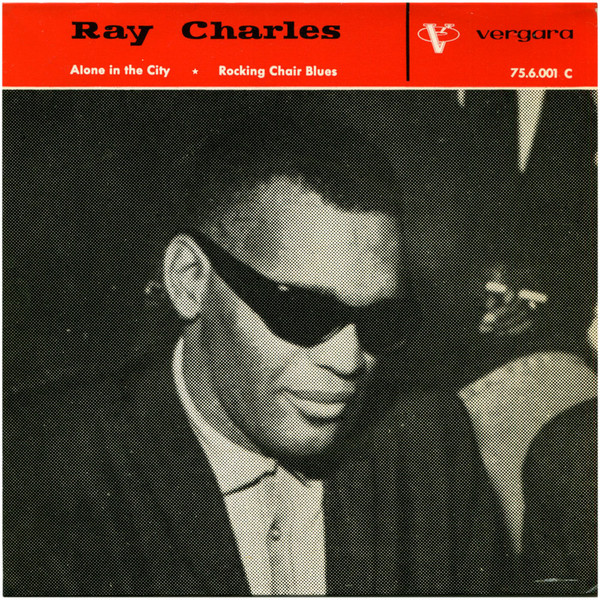
1963 Spanish release of Maxin Trio 1940s recordings (Vergara Records No. 75.6.001 C).
DATELINE MAY 4, 2022: Here at the NWMA we have been devoting considerable time to documenting many of the earliest recordings that have connections to the Pacific Northwest. Songs that were composed here by local musicians; recordings of songs as performed by local musicians; recordings produced in local recording studios. And even a few songs that simply bear titles, or have lyrical themes, related to this area. One of the latter is a 1924 foxtrot dance song “Walla Walla” as performed by New York’s self-proclaimed “King of Jazz” Paul Whiteman and his Orchestra. Whiteman’s other relevant connection here, is that he was the first big-time star to hire a young singer from Spokane, Bing Crosby. Whiteman also worked with Spokane’s Mildred Bailey, and many years later cut a record associated with the 1962 Seattle World’s Fair.
[HEAR “Walla Walla” HERE]
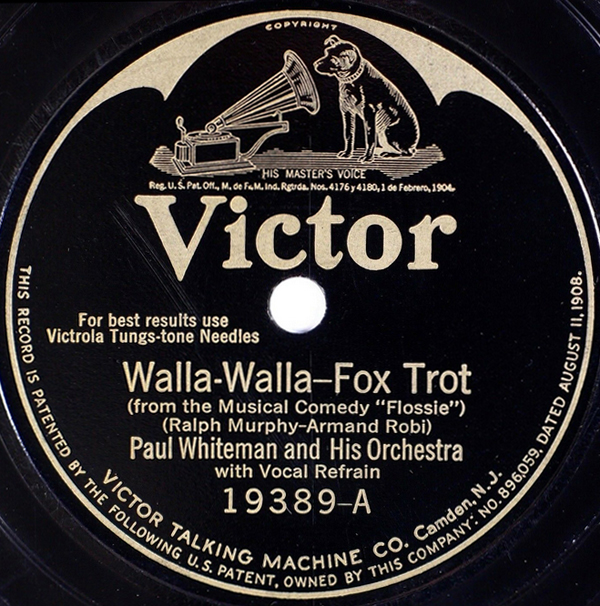
One of our friends, Greg Ruby, recently donated a copy of his very special Syncopated Classic album to the Archives. Ruby and his band, the Rhythm Runners, specialize in Prohibition Era jazz music and this album, in particular, is particularly meaningful to fans of Northwest music history. And that is because it focuses on the “lost” compositions of one of Seattle’s first Black jazzmen: Frank D. Waldron. As the album’s fine liner notes (by another of our friends, Paul de Barros), relate, Waldron was one of the key jazz players, and teachers, here throughout the 1920s and 1940s. Among his brightest students was a very young, Quincy Jones. Over the years Waldron published songs in sheet music form, along with a folio of tunes titled, Syncopated Classic, that is a very rare local Jazz Age artifact. The one in the NWMA collections is shown at bottom. It was Ruby’s brilliant idea to arrange all those songs for his band, and record them here for the very first time in history. What a joy to hear these otherwise neglected toe-tappers. Thank you, Greg, for reviving Waldron’s memory.
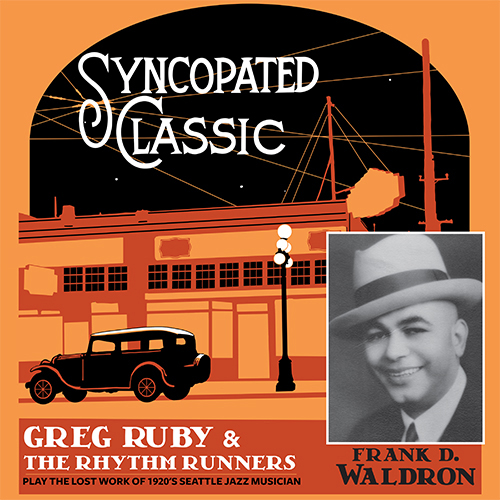
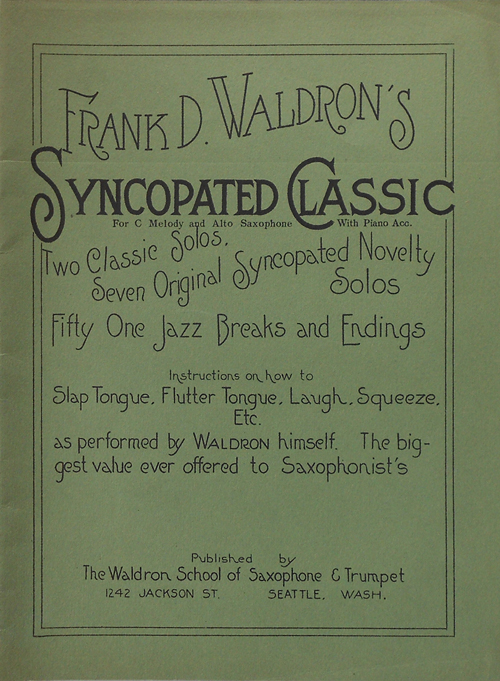
DATELINE APRIL 6, 2022: This site’s webmaster, Peter Blecha, has authored two new books that will be published later this year. One is the photo-heavy Lost Roadhouses of Seattle (co-authored with Brad Holden) which tells the story of many of the roadside dancehalls and speakeasies that sprang up just before, during and after Prohibition (1916-1933). The second book, Stomp and Shout: R&B and the Origins of Northwest Rock, is the telling of that tale. And throughout the hunt for photographs, we’ve come across a number of great images that will be included. Others won’t be because we haven’t confirmed who owns them. But here are a few of Paul Revere & the Raiders found floating around the internet that we think are fantastic:


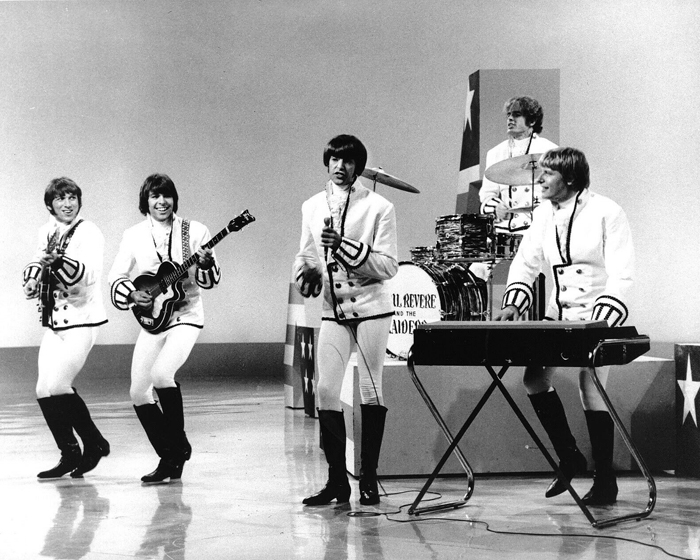
DATELINE MARCH 22, 2022: One of our favorite local bands of the pre-Grunge 1980s was Seattle’s Bam Bam. They erupted on the scene with a ferocious stage presence, and a unique sound that over the past year or so has been reexamined by numerous media outlets. In hindsight all these years later, various cultural thinkers have been positing that perhaps Bam Bam had provided the musical spark that set off the whole Grunge art movement. To be sure, their first drummer was no less than Matt Cameron – later of Pearl Jam and Soundgarden. To our great pleasure, Bam Bam’s bassist, Scotty Ledgerwood recently donated a pristine original first pressing of their 1984 single to the Northwest Music Archives. We are grateful. To learn more about the revival of interest in Bam Bam – and especially their riveting singer Tina Bell [RIP] – and their legacy we recommend reading this fine essay from the Chicago Reader.
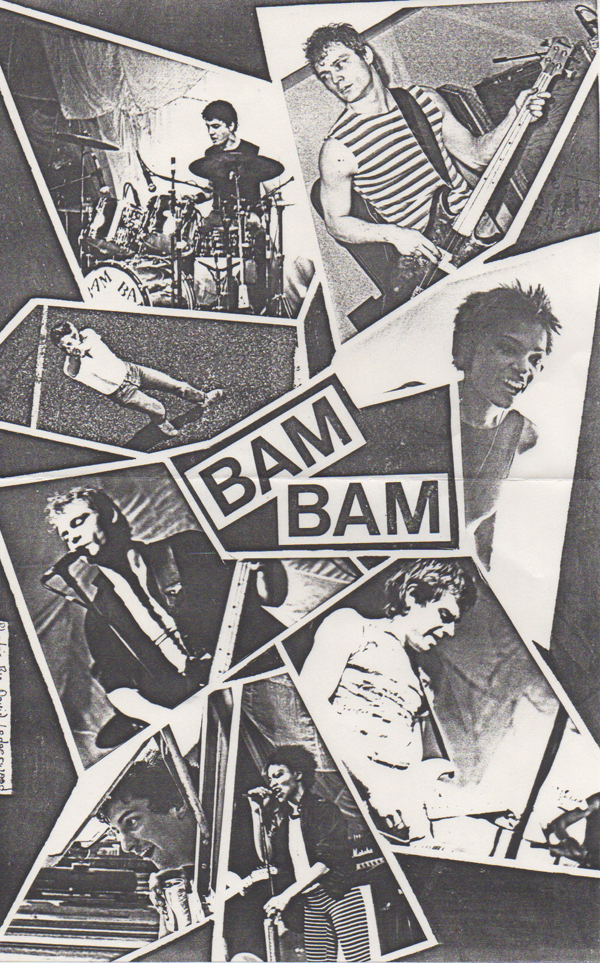
DATELINE JANUARY 27, 2022: We here at the Northwest Music Archives were saddened to learn of the recent passing of an old friend, Don Wilson (1933-2022), the founding rhythm guitarist of The Ventures. That band’s music was an inspiration for all of us back in the day, and Don also accommodated our desire to interview him numerous times over the decades. He and his bandmate Bob Bogle (1934-2009) even hosted a visit by me and a video crew who flew to Los Angeles back in the 1990s to shoot detailed interviews with them back when I was Senior Curator at Seattle’s music museum, the Experience Music Project (EMP). The Ventures have long been recognized as the “best-selling instrumental rock group of all time”, and can also be considered the “Cover Band of The Century.” They will always be remembered for their many hit records, the fact that they sparked the entire Surf Rock movement — and for just being real nice guys. The New York Times were the ones to break the news to me, seeking a quote for Don’s obituary. I hope I did him right. -Pete Blecha
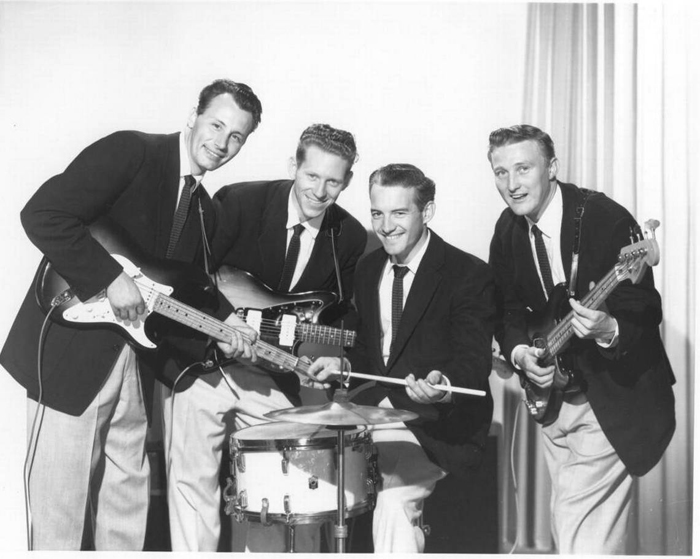
The Ventures, Tacoma, 1960, Don Wilson at right, photo by Richards Studio, courtesy Tacoma Public Library.
DATELINE DECEMBER 14, 2021: We were just contacted by Renee, the webmaster of a very cool website – Pacific NW Hip Hop – to express her appreciation for this website and ask if they could link to ours. We have long loved hip-hop – well, at least since 1982 or so! – and this site includes considerable info about it, but our main focus here has been to document the earliest music produced in the Northwest. So we fully welcome the emergence of Renee’s website and are happy to help promote it and the music it represents.
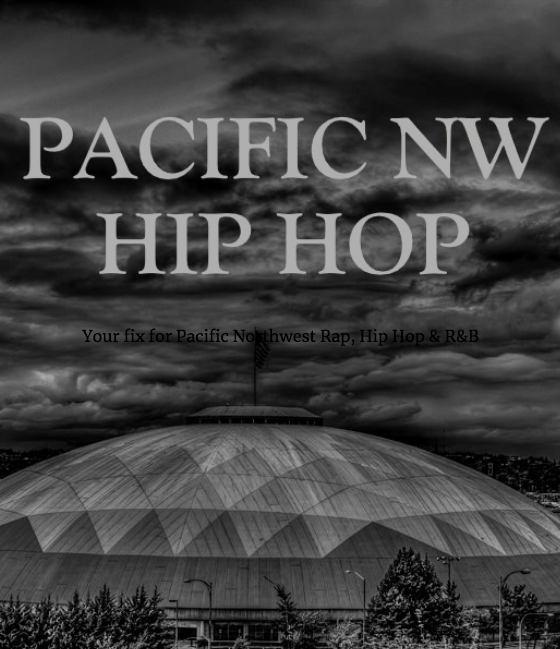
DATELINE NOVEMBER 23, 2021: Looking back a half century to 1969 when Woodinville, Washington’s Gold Creek Park hosted the Seattle Pop Festival – a multi-day outdoor rock fest that featured one of the finest lineups of talent of them all – arguably better than Woodstock! It included at least two Psychedelic Era Northwest bands: Crome Syrcus and Floating Bridge.
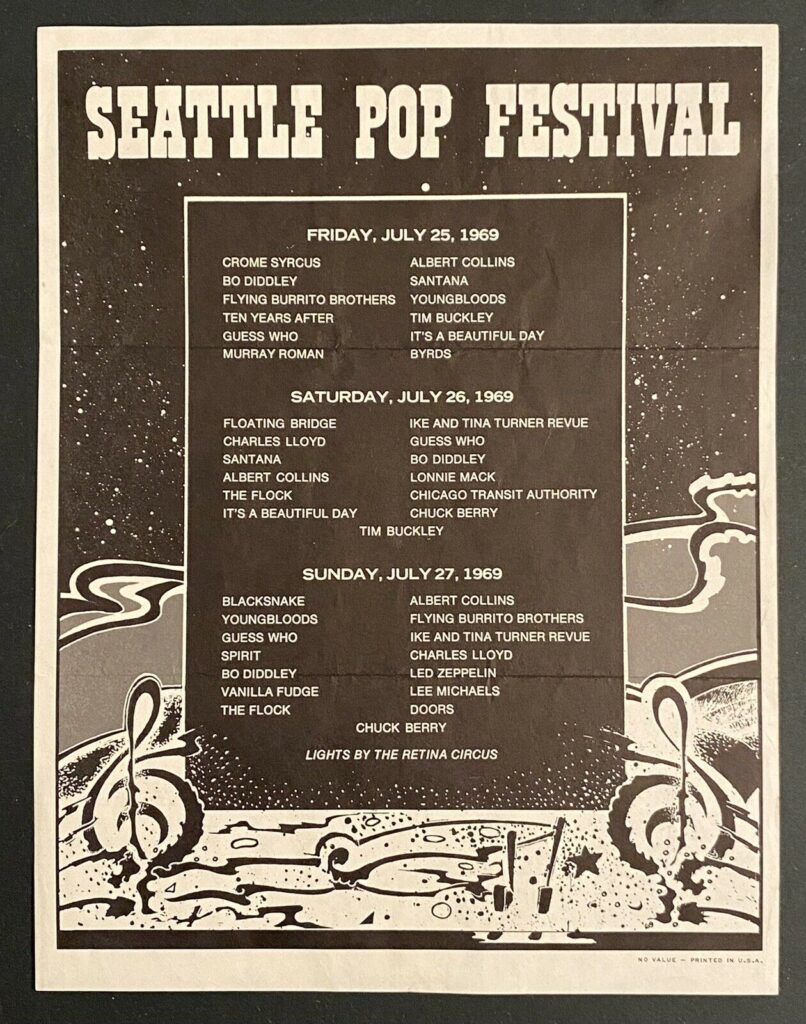
DATELINE NOVEMBER 1, 2021: Just a little flashback to six decades ago and the Spring season of 1962 when Rockin’ Robin Roberts and the Wailers‘ 1961 hit single, “Louie Louie,” made a second climb up the Northwest region’s radio charts – one that coincided with the opening of Seattle’s Century 21 World’s Fair on April 20, 1962.
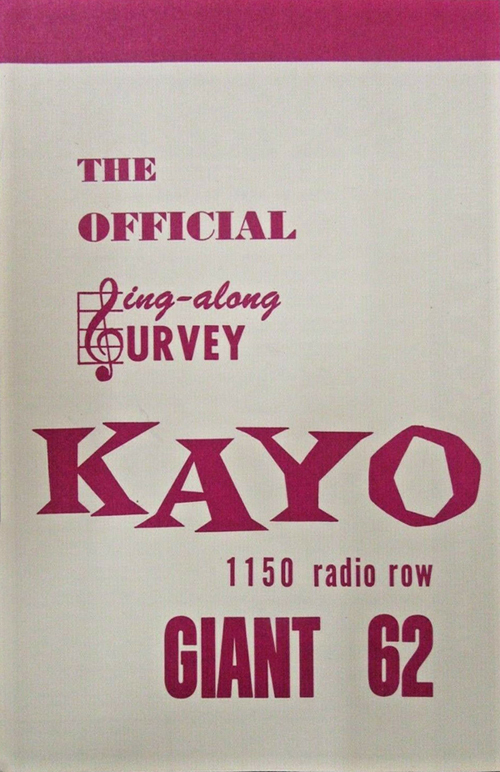
KAYO “Giant 62” playlist, April 23, 1962
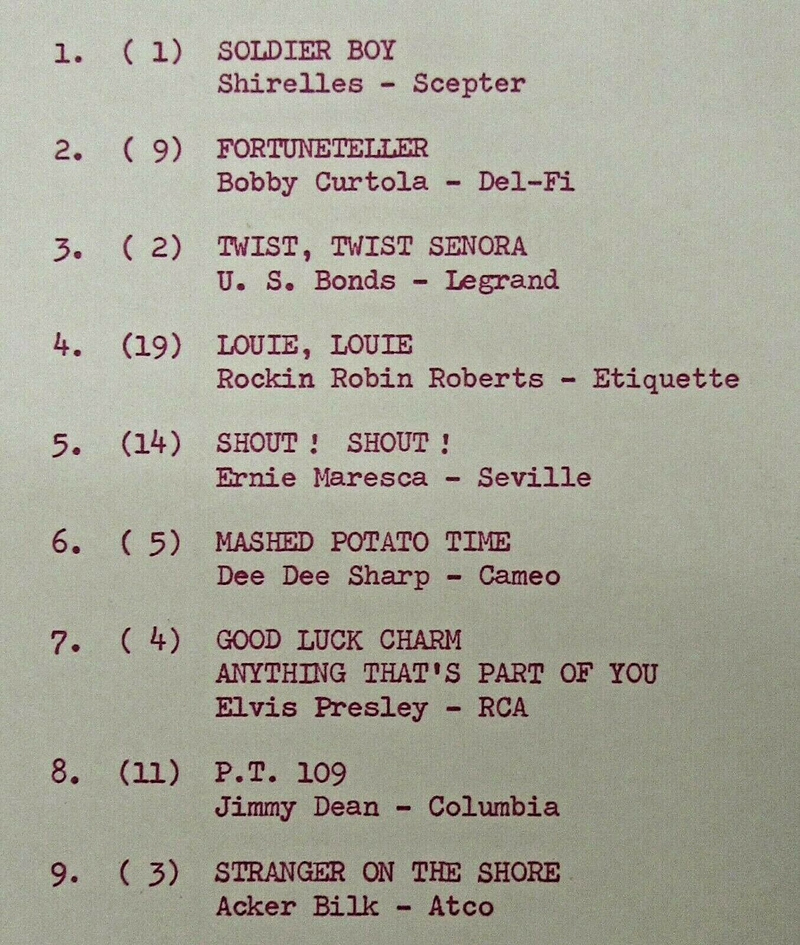
“Louie Louie” racing up to the #4 slot from the previous week’s #19 slot – and heading back to #1.
DATELINE OCTOBER 25, 2021: We are pleased to have just stumbled across this vintage 1963 feature about our old buddy Gary Williams from Spokane’s Spokesman-Review newspaper. Williams was quite the gentleman and a fellow who devoted his life to music. His career was interesting – especially the fact that he hitchhiked to the deep south as a teenager trying to break into the music biz, and then saw his debut recordings issued as a single by a big-time label, Verve Records, which also included those two tunes “Travelin’ Blues Boy” and “I’m Gonna Return” on their 1957 Teen Time compilation LP which also included songs by a teen-idol-in-the-making, Ricky Nelson.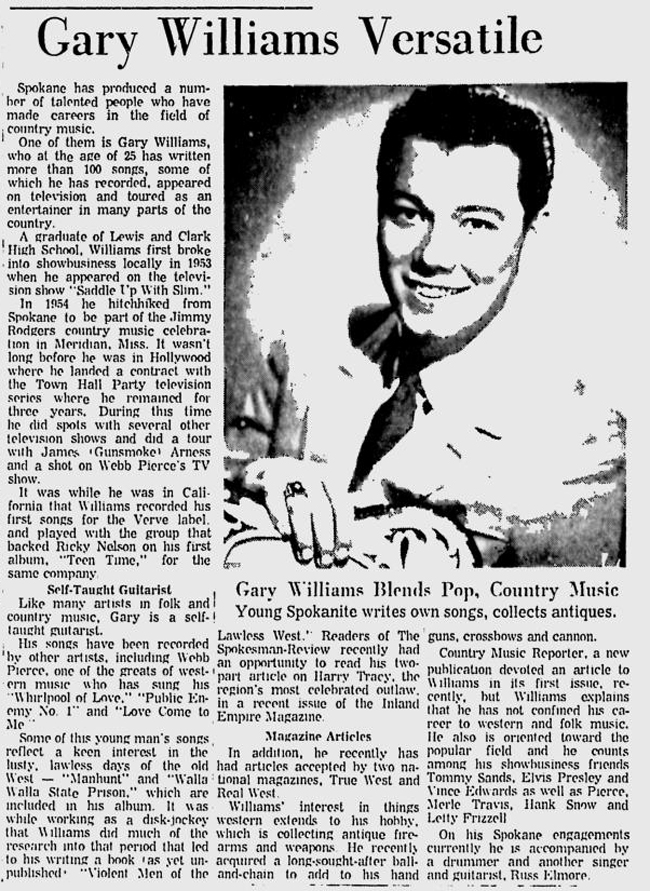
DATELINE SEPTEMBER 18, 2021: Taking a moment here to honor the greatest guitarist to ever hail from the Pacific Northwest. Here is the original 1967 photograph of the Jimi Hendrix Experience (by Karl Ferris) shown along with the 1968 Seattle concert poster that was based on that same image.
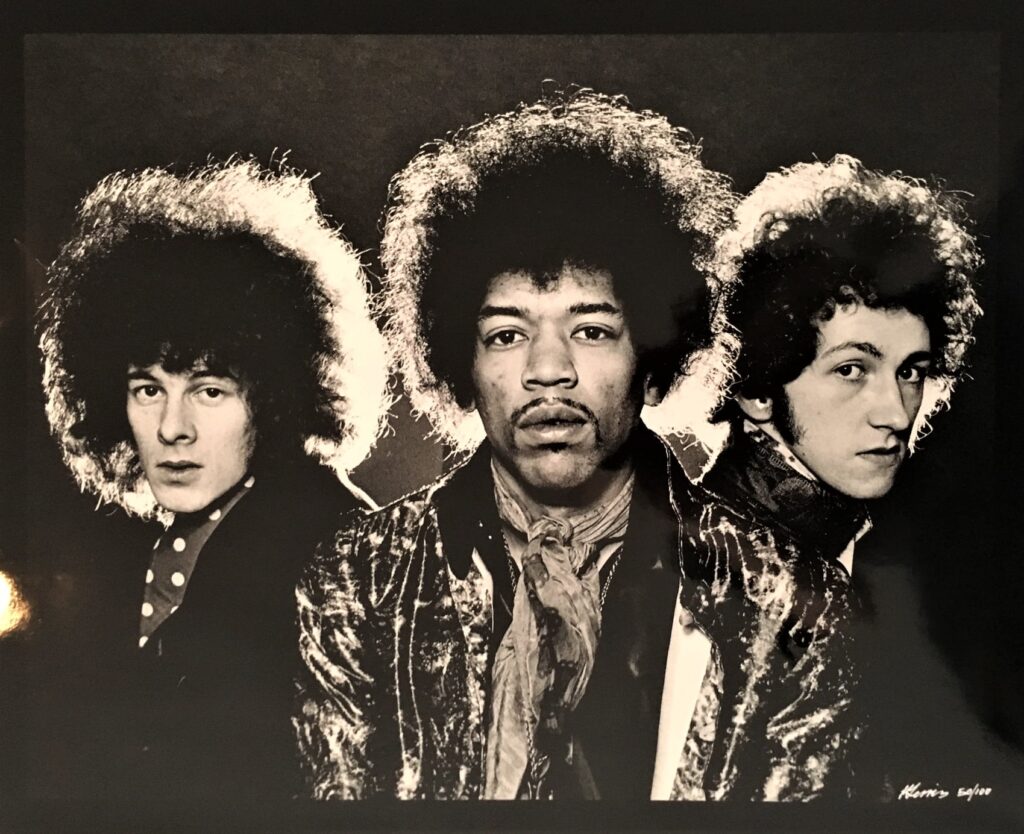
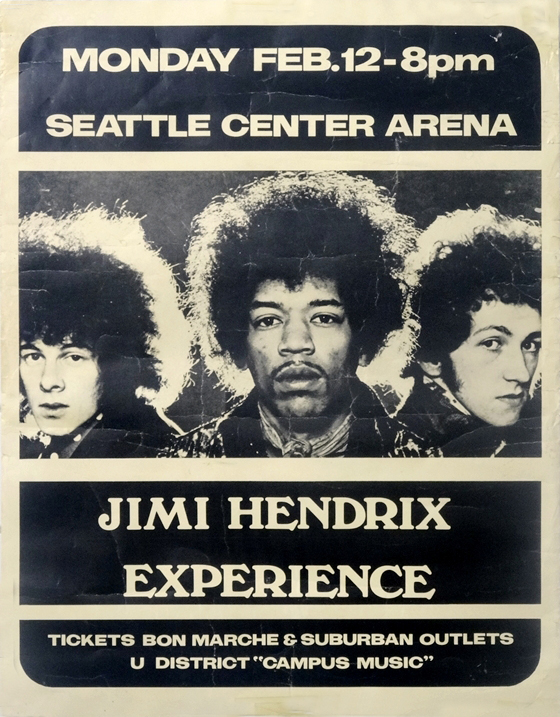
DATELINE SEPTEMBER 7, 2021: Our latest artifact discovery is this photo of the Sigurd Thorlakson Band, as led by a local music instructor who was at times based out of Seattle, Everett and Port Angeles, Washington. Dated to the 1912 season, the hand-written mention of the “Pollow & Edward Shows” presumably refers to a touring troupe of performing acts, perhaps along the lines of a Vaudeville revue.
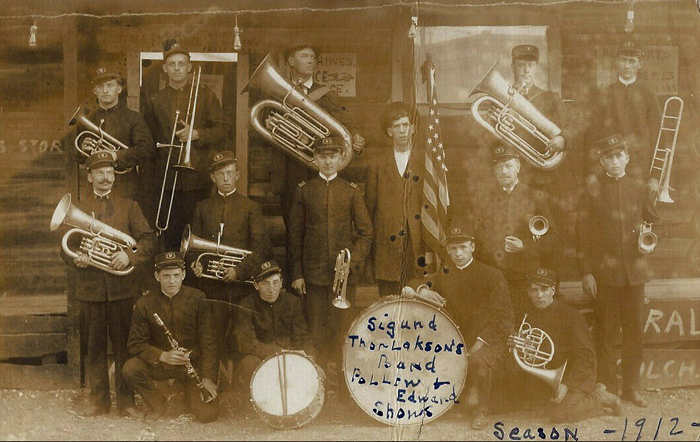 ————————————-——————————————————–
————————————-——————————————————–
DATELINE AUGUST 11, 2021: Our latest artifact discovery is this photo of an unidentified circa 1920s jazz dance-band whose image was captured in the studio of a known Aberdeen, Washington, photographer named A.A. Saari. Signed by “Fred” to “Marion,” research now commences to try and determine if there is any connection to that other notable Aberdeen-based combo: Ted Ed Fred. 🙂
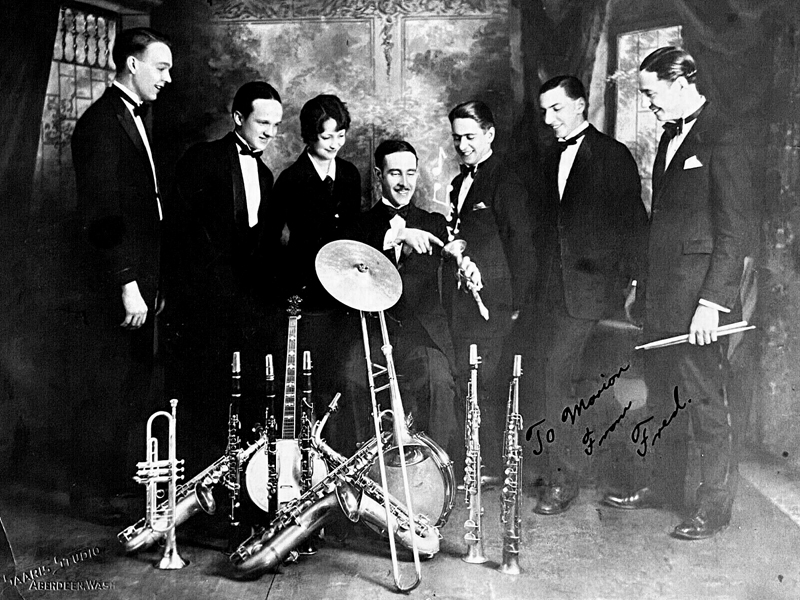
DATELINE JULY 21, 2021: This cool photo of the Tacoma Military Band was recently discovered in the collections of the Washington State History Museum. It shows the snappily uniformed ensemble posing at that town’s historic Point Defiance Park on July 8, 1899. Military bands were quite often the earliest formal bands to arise in many young communities within Washington Territory, and they could be counted on to march in local parades, offer concerts in parks, and even play popular tunes for dances and balls.
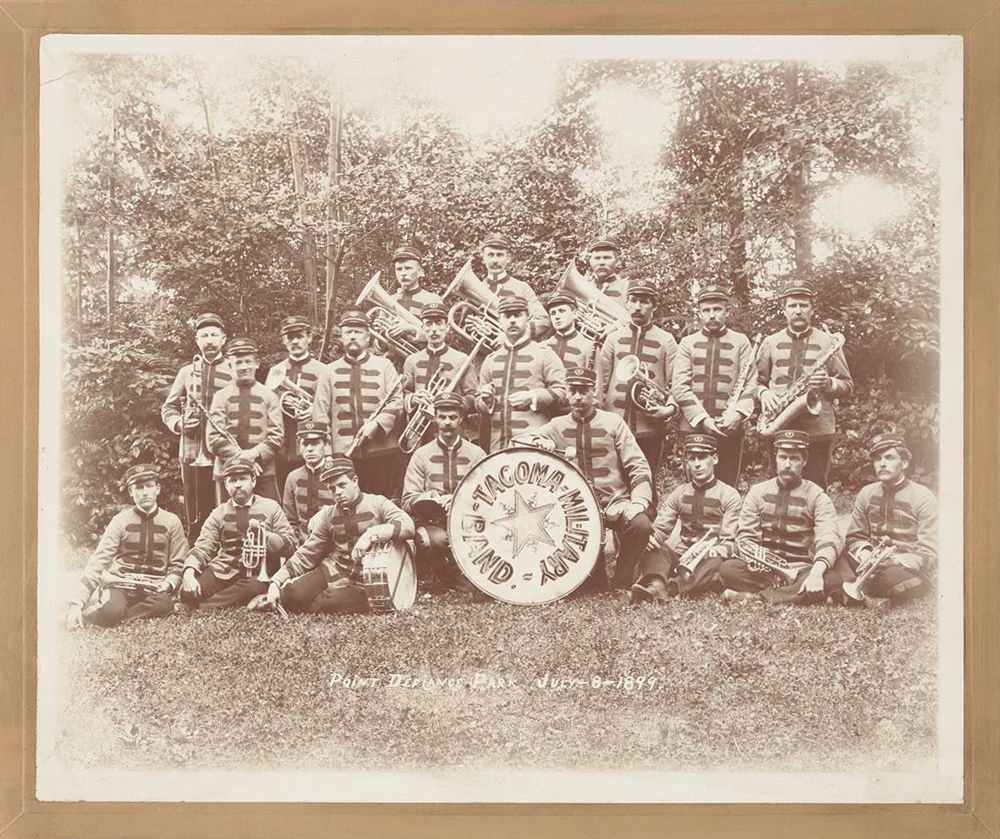
DATELINE JUNE 26, 2021: We’re excited to learn that a new Nirvana-related book is set to be published by ACC Art and is initially available through the Modern Rocks Gallery. Titled Nirvana: Never Mind The Photos, it will feature 150 photographs shot by Kirk Weddle, the man who captured the iconic image for the band’s 1991 breakthrough album Nevermind.
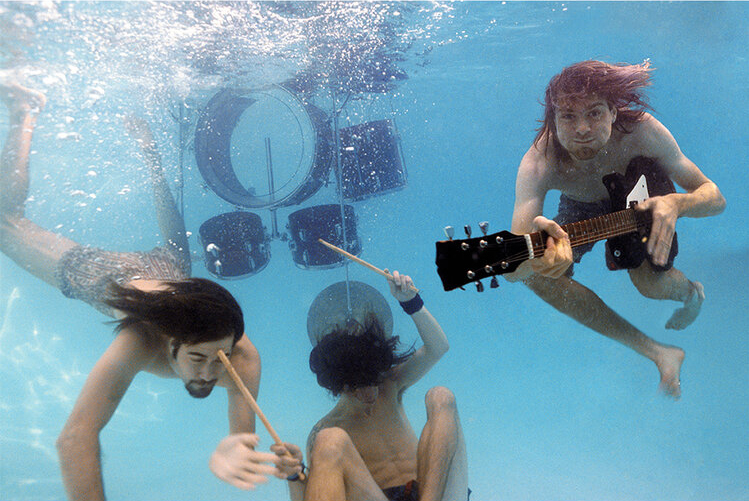
DATELINE JUNE 11, 2021: Time for another vintage poster from the archives. Here’s a classic mid-1960s poster-blank produced to promote dances by Portland, Oregon’s Kingsmen. Noting the release years of the hit songs listed – “Louie Louie” (1963), “Money” (1964), “Little Latin Lupe Lu” ( 1964), “Do The Climb” (1965) and “The Jolly Green Giant” (1965) – gives us an idea of when the poster was utilized. And, with the Kingsmen having toured America nonstop – hundreds of dates per year from 1964 into 1966 – plenty of these units were posted from sea -to-shining-sea.
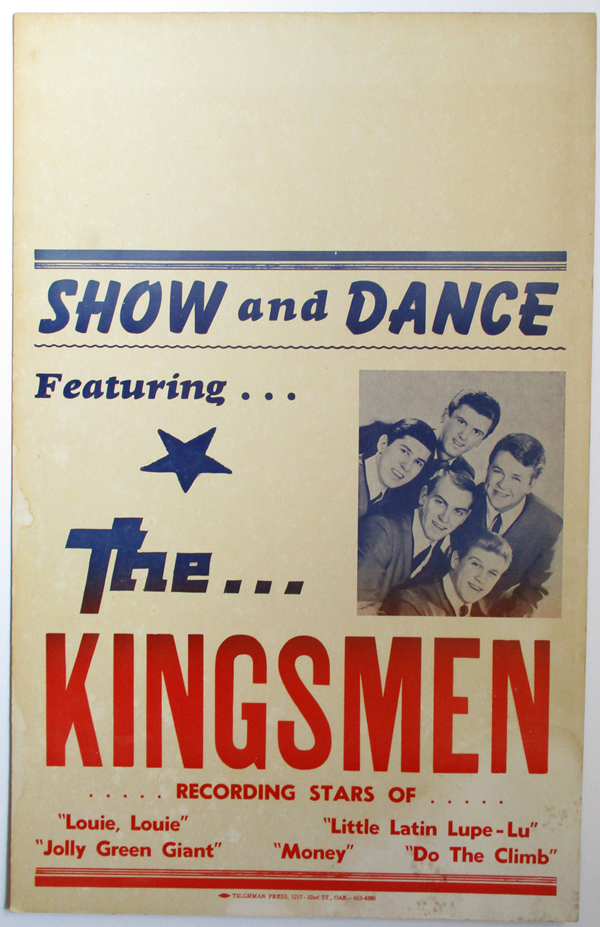
DATELINE May 25, 2021: Here’s an image of a mega-cool vintage poster that sold at a local auction awhile back. Dance posters for the Viceroys are uncommon enough, but this one (from the Salem Armory Auditorium circa ’63) is very impressive: hand drawn and colorfully painted, it also features a B&W promotional photo of the band that includes the guys’ autographs — as well as those of their vocalist, Nancy Claire, plus the Champagnes, a girl-group that sometimes backed them at shows. In addition, the dance included an up-&-coming Salem-based combo: the Che-vels.
DATELINE May 19, 2021: Here at the Archives we are busily filling in a few holes in the collections — chasing down key records that we’ve known existed, but had never managed to acquire. Here’s one prime example: a 1965 Canadian pressing of The Sonics‘ “The Witch” / “Psycho” single. Often, back in those days — when a US single was licensed for later release in a foreign land — the recording would be issued there by an entirely different company’s own label. In Canada that was often Reo Records, Quality Records, or Sparton Records. But in this instance, Tacoma’s Etiquette Records evidently struck some sort of deal where the Sonics’ big regional hit was pressed and distributed on a variant of the Etiquette imprint: a silver-on-black design motif instead of the usual black-on-red motif. The vinyl disc doesn’t bear pressing-plant stamper codes in the “dead wax” run-out area, but instead the etched alpha-numeric codes are: “ET. II side 1” and “ET . II side 2”.
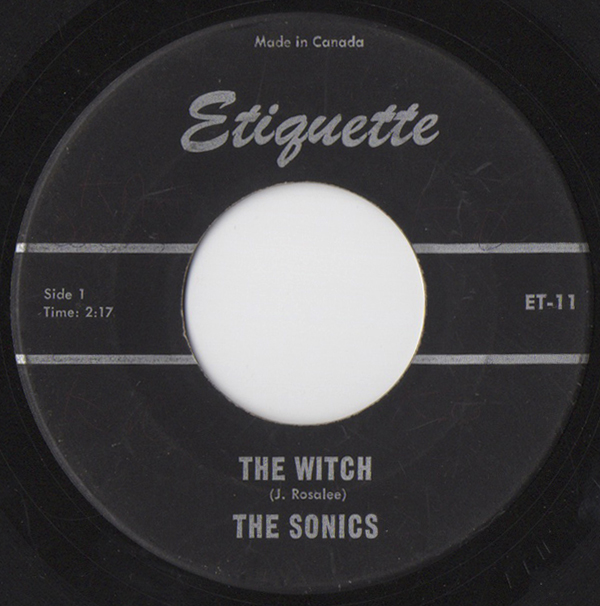
DATELINE April 14, 2021: We just reeled in this fun record from 1964: a British 4-song EP featuring The Kingsmen on the Pye International label. Kudos to the graphic designer of this sleeve – it gets its point across in no uncertain terms: song titles + band’s name + regal crown icon. Done!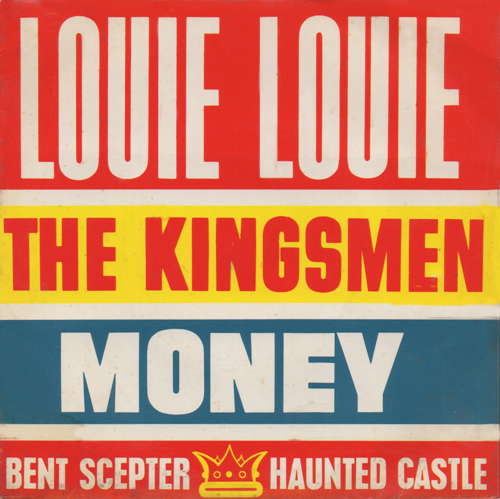
DATELINE April 5, 2021: WELL, WHAT A SURPRISE! We were just belatedly tipped off to the fact that a half-dozen years ago some shady record company in the U.K. released this 40-song compilation of vintage recordings originally produced by Seattle’s first great rock ‘n’ roll label, Dolton Records. All the expected crew are here: The Fleetwoods, Frantics, Ventures, Four Pearls, Little Bill and the Bluenotes, etc etc etc. So, why the surprise? Well, for starters this 2-CD set was evidently compiled without using the Master Tapes, so vinyl noise is apparent on at least some tracks. What gives with that? Then there’s their decision to name this set after the Frantics’ “Werewolf” song — perhaps the one tune that is the least representative of that whole era here in the Northwest. Lastly there is the fun fact that the liner notes rely rather heavily on my own previous writings. But, we’re mainly surprised that no one ever reached out to inform us about this release until now!

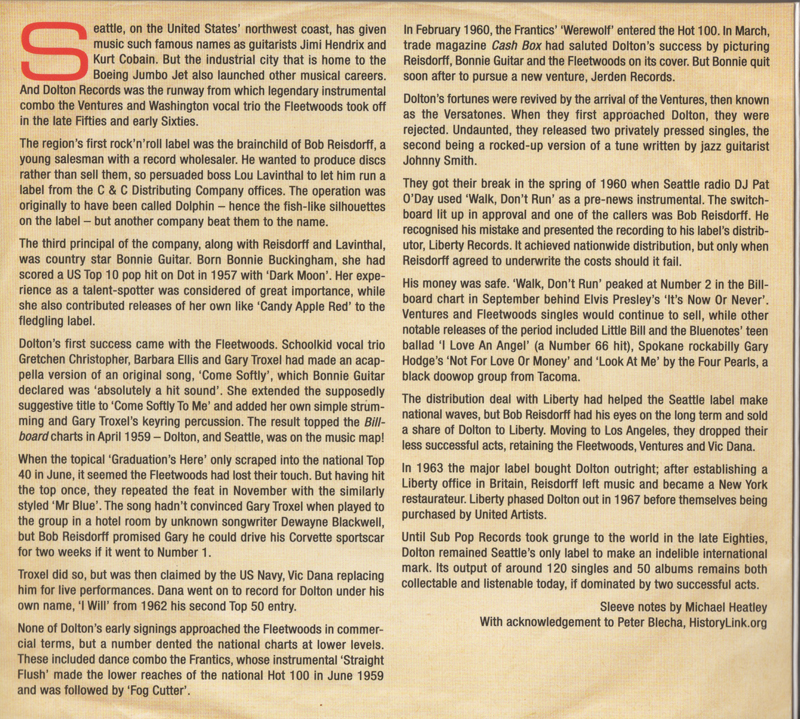
DATELINE March 9, 2021: Our longtime buddy in Tacoma, Jeff Miller, unearthed yet another 1960s recording of the Northwest’s unofficial rock ‘n’ roll song, “Louie Louie.” This instrumental rendition — titled “Louis Louis” — was recorded by the Casuals in Portland, the same town where the Kingsmen and Paul Revere & the Raiders cut their hit versions in April of 1963. That tune is backed by the Casuals’ rendition of a 1960 surf-rock classic, the Gamblers’ “Moon Dawg.”
“Louis Louis” [HEAR IT HERE...]
“Moon Dawg” [HEAR IT HERE…]

DATELINE February 28, 2021: We here at the NWMA began collecting local rock ‘n’ roll dance and concert posters in the early 1970s. We acquired them from bands, from record shops — and freshly plucked off of telephone poles. Many thousands of posters. That is, until 2020 and the plague-triggered shutdown of the whole live music industry. That nasty year of 2020 will forever be marked by a void in our poster archives. Like so many others, we miss live music terribly. Evidently, so did the postee who posted this humorous and historic poster on poles all around Seattle’s University District this morning:
DATELINE February 20, 2021: We’d like to salute the Washington State History Museum in Tacoma (at 191 Pacific Avenue) which has been quietly building up their archives of local music-related artifacts. Here’s one goodie that was reeled into their Permanent Collections:

1964 “Battle of the Bands” poster, Tacoma Armory, courtesy Washington State History Museum
The Elegants (1962-1965) were a Lincoln High School combo whose most notable member was Jerry Miller (guitar) who went on to play and record with the Bobby Fuller Four (in Texas), the Frantics (in Seattle), and then Moby Grape (in Sauselito, CA.). The Galaxies (1962-1967) were a Stadium High School group who gigged and recorded for Tacoma’s Etiquette Records. In time, they morphed into the Rock Collection, and Rob Lowery (vocals) went on to gig and record with Seattle’s Surprise Package (formerly: the Viceroys). The Solitudes (1961-1964) were a Wilson High band that boasted a few fine players — three of whom went on to play with The Bootmen. They were Barry Belandi (drums) — and Ron Gardner (vocals / sax) and Neil Andersson (guitar) who both went on to join the Wailers.
DATELINE December 31, 2020: “On the afternoon of July 26, 1970, Jimi Hendrix (1942-1970) headlines a concert at Seattle’s venerable outdoor ballpark, Sicks’ Stadium. The all-day festival is billed as a “Concert on the Ground,” but the ground itself is muddy because of rain, a Seattle hazard even in late July. Writes The Seattle Times the next day, ‘The outfield grass was a soggy mat and the infield dirt a giant mud pie. Yet a fair-sized crowd braved Seattle’s fickle precipitation and huddled on the field and in the puddled stands to watch Jim Hendrix perform’. Hendrix died less than two months later.” [READ MORE…]
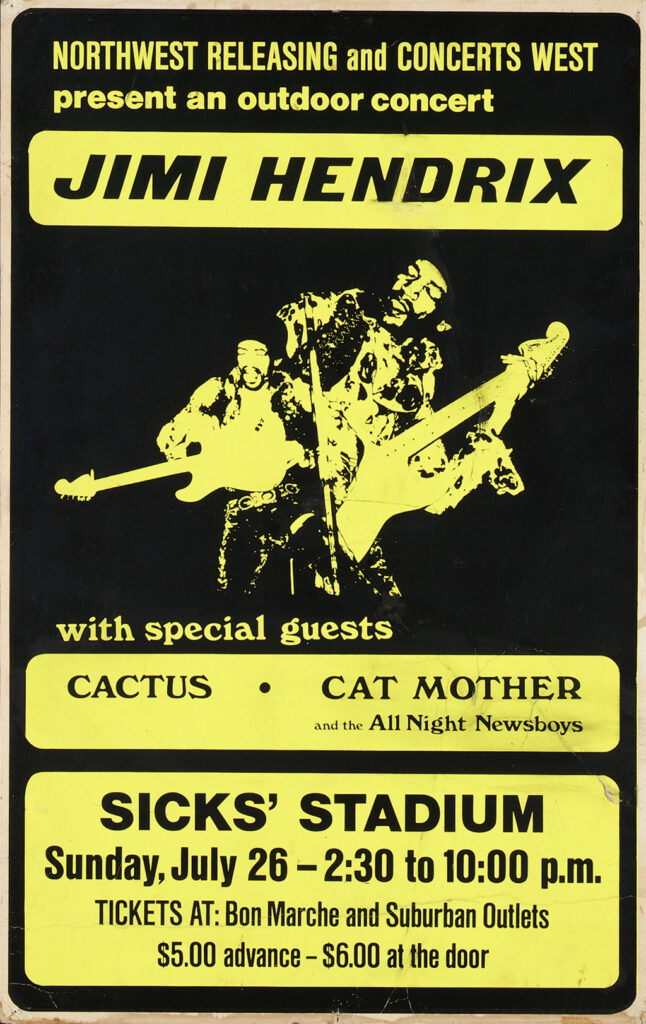
Jimi Hendrix concert poster, Sicks’ Stadium, Seattle, 1970 Courtesy Museum of Pop Culture
DATELINE December 30, 2020: “On May 23, 1969, Jimi Hendrix (1942-1970) makes his third concert appearance in Seattle since becoming a rock star during 1967’s “Summer of Love.” His first two albums, Are You Experienced and Axis: Bold As Love, have been popular and critical successes, his performance at the Monterey International Pop Festival in June 1967 had blown minds, and tours with his band the Jimi Hendrix Experience have established Hendrix as a blazing star. Additional major milestones for the band — including bassist Noel Redding (1945-2003) and drummer Mitch Mitchell (1946-2008) — lay just ahead.” [READ MORE…]
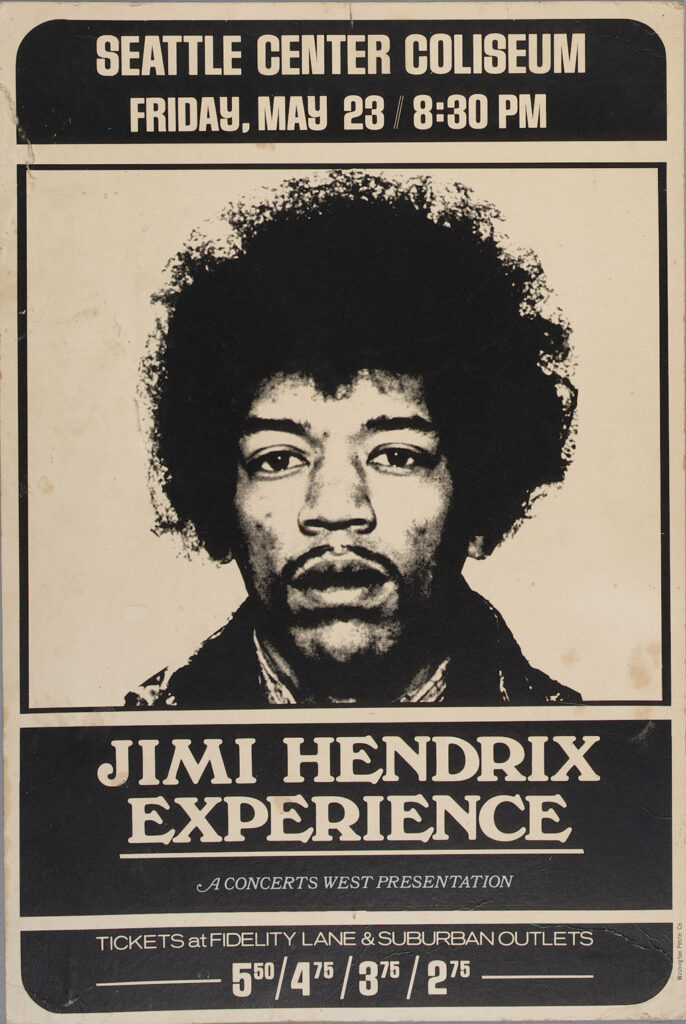
Jimi Hendrix Experience concert poster, 1969, Courtesy Museum of Pop Culture
DATELINE December 29, 2020: “On September 6, 1968, six months after his homecoming concert at the Seattle Center Arena, Jimi Hendrix (1942-1970) returns to Seattle, but this time to play the larger Seattle Center Coliseum. The Arena show had engendered local pride but garnered mixed reviews because of the loud volume and poor audio mix. The Coliseum show would cast Hendrix in a better light, though he still failed to wow the critics. “Under the circumstances, Seattle’s native son could be forgiven if his performance was less than great. It was good,” wrote The Seattle Times. “Hendrix’ trio has a heavy-metals blues sound. Last night, most of their numbers started in abstract fragments that grew into a rich brown gravy of beat and sound.” [READ MORE…]
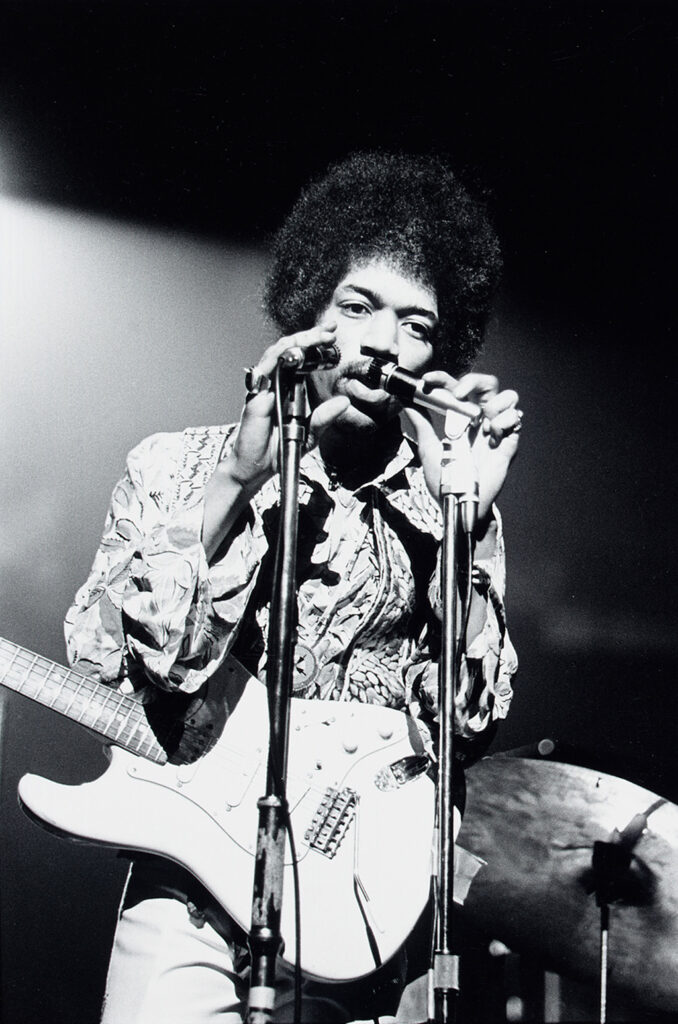
Jimi Hendrix, Seattle Center Coliseum, September 6, 1968 Photo by Peter Riches, Courtesy Museum of Pop Culture
DATELINE December 28, 2020: “On February 12, 1968, Seattle native Jimi Hendrix (1942-1970) — who has not played guitar publicly in his hometown since leaving to join the military in 1961 — brings his London-based band the Jimi Hendrix Experience to play a concert at the Seattle Center Arena. The show will be remembered for an “avalanche of sound” generated by Hendrix and his band, and “a driving, incredibly expressive guitar style augmented from time to time with vocal interludes” [READ MORE…]

Jimi Hendrix, Seattle Center Arena, 2.12.68, Photo by Ulvis Alberts, Courtesy MoPOP Permanent Collection
DATELINE December 22, 2020: As seen below, a very interesting Northwest recording recently popped up on eBay. The story is well-known how Jack Ely — the founding singer with Portland’s Kingsmen, and the voice on their immortal hit song “Louie Louie” — was squeezed out of the band in the summer of 1963, mere months before their record skyrocketed into national, and then international, hit-dom status. Although bummed out, Ely cobbled together a new band and in early 1966 the New York-based Bang Records released JACK EELY and The Courtmen‘s first of two singles: “Louie Louie ’66” / “David’s Mood” [Bang #B-520]. 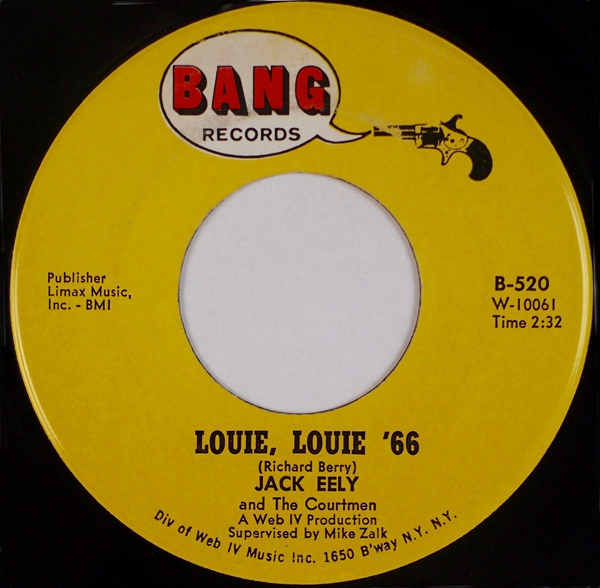
This surfacing of the odd vintage acetate “Louie 66” disc — dated March 3, 1966 — however, lends yet another wrinkle to the overall story. It is credited not to The Courtmen, but rather to JACK EELY AND THE CYMBALS. Although we conducted indepth interviews with Ely several times over the decades, he passed in 2015, and so this mystery — was the group originally going to be dubbed The Cymbals? — may never be solved. The “Louie Louie” legend continues to grow six decades after-the-fact…stay tuned…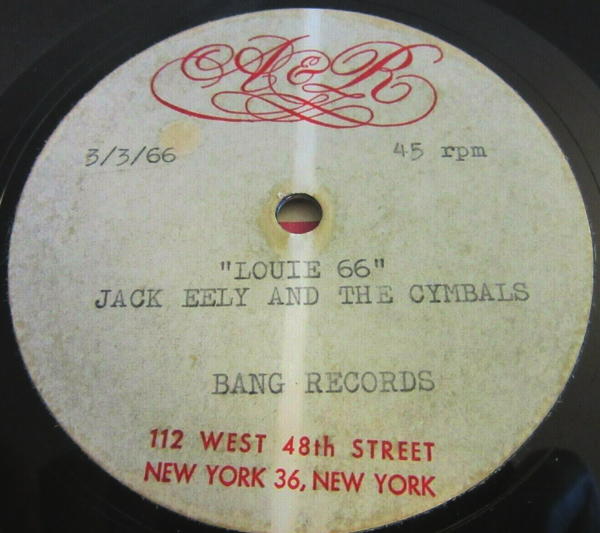
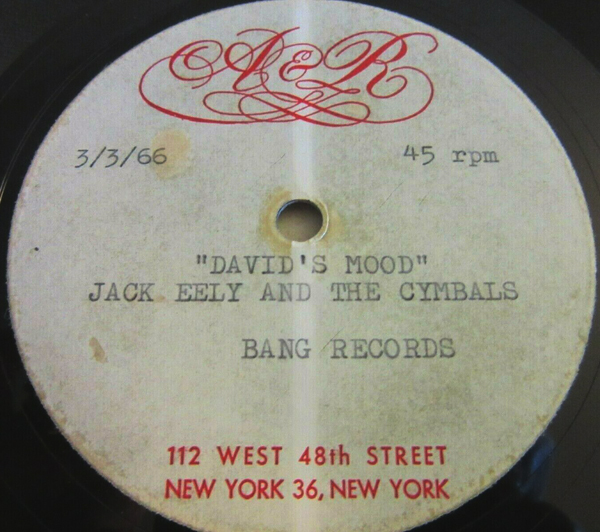
DATELINE October 21, 2020: Farewell to our friend Overton Berry — the beloved Seattle pianist who entertained generations of jazz fans over the past half-dozen decades — and who passed away two days ago. A fine talent and a true gentleman, Berry also sported the coolest nickname around — one given to him by the singing star, Peggy Lee, when he led a band that supported her during her appearances here during the 1962 Seattle Worlds Fair We’ll miss you, “Overtone.” [READ MORE…] [READ EVEN MORE…]
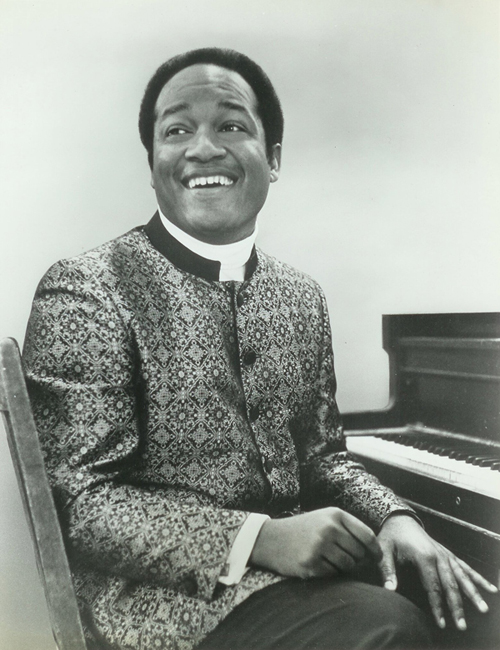
DATELINE August 28, 2020: Here’s a new discovery that’s right up our alley: a vintage magazine devoted to musical news and the record industry. A magazine that was produced in Seattle, no less. Platter Chatter was a 40-page monthly that was edited by a W.C. Boswell and published from their officers (at 905 Second Avenue Building). This surviving specimen from November 1945 was Vol 1. No. 3 and features Tacoma & Spokane’s very own singing sensation, Bing Crosby, on the cover.
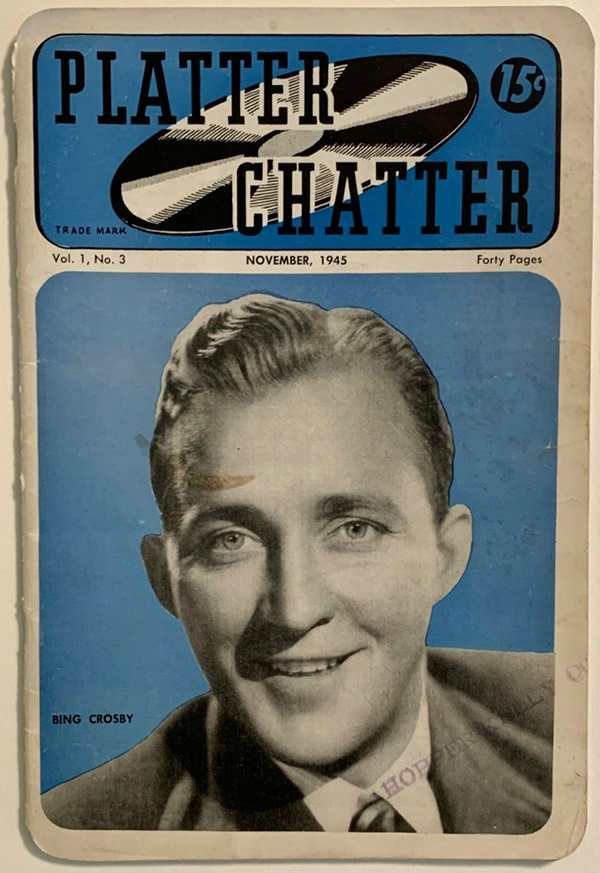
DATELINE August 3, 2020: Today HistoryLink.org — the online encyclopedia of Washington State history — posted Peter Blecha’s history of Seattle’s old Belltown neighborhood in a virtual “walking tour” app format for use with cellphones (as well as online computers). This saga includes a good bit about the music-making history of that area of town. [LINK]
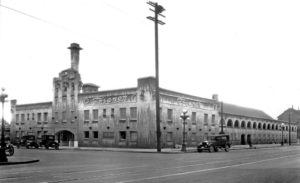
DATELINE July 23, 2020: Hear Ye! Hear Ye! One of our Northwest Music Archives team-members, Dustin Hays, recently co-authored (with his pal, Matthew Smith) and self-published a cool little book about the history of punk rock in the “Apple Capital of the World,” Wenatchee, Washington. Their hometown is one with an interesting backstory of music-making — and Dustin has been focused on documenting it for years now.
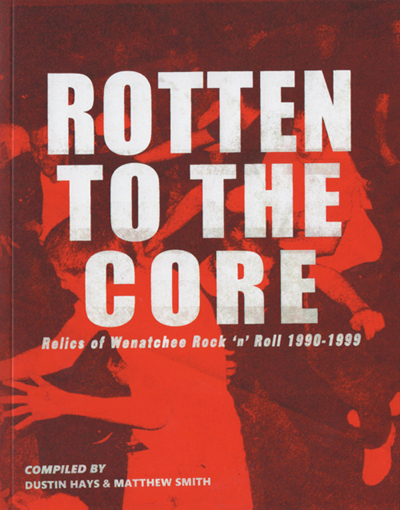 The book — Rotten To The Core: Relics of Wenatchee Rock ‘n’ Roll 1990-1999 — is comprised of 154 pages chock-full of micro-essays that help place into context the many hundreds of images of local bands and rare handbills and gig posters. Among the bands enshrined here are Moral Crux, Sicko, LIMEGRIND, Scary Spiders, Dead Silence, and scores more. Rotten is a fun and fascinating look back at a rebellious small town subculture that was evidently as vibrant and robust as one could ever hope for. Now we just hope that this is just the first in a series from these guys..! [MORE INFO]
The book — Rotten To The Core: Relics of Wenatchee Rock ‘n’ Roll 1990-1999 — is comprised of 154 pages chock-full of micro-essays that help place into context the many hundreds of images of local bands and rare handbills and gig posters. Among the bands enshrined here are Moral Crux, Sicko, LIMEGRIND, Scary Spiders, Dead Silence, and scores more. Rotten is a fun and fascinating look back at a rebellious small town subculture that was evidently as vibrant and robust as one could ever hope for. Now we just hope that this is just the first in a series from these guys..! [MORE INFO]
DATELINE April 25, 2020: News broke today that Lynn Easton, the original drummer for Portland Oregon’s 1960s garage rock kings — THE KINGSMEN — passed away while in Toronto, Canada.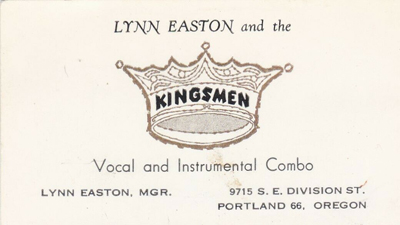 Soon after laying down the crazy-cool tub-thumping heard on the band’s debut 45, “Louie Louie,” in April of 1963, Easton famously spearheaded a revolt within the band, taking over the frontman spot from singer Jack Ely, and recruiting a new drummer.
Soon after laying down the crazy-cool tub-thumping heard on the band’s debut 45, “Louie Louie,” in April of 1963, Easton famously spearheaded a revolt within the band, taking over the frontman spot from singer Jack Ely, and recruiting a new drummer.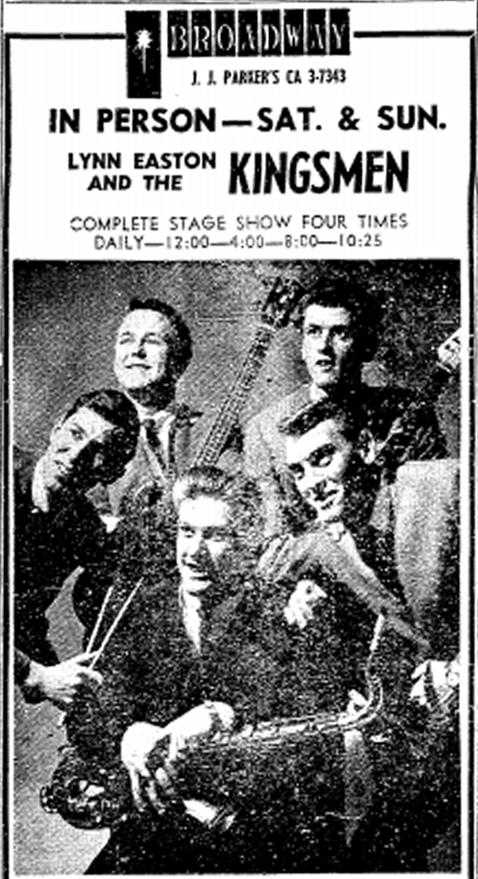 With Easton now leading, the Kingsmen went on to score a dozen additional singles on Billboard magazine’s hit charts. Easton moved on to various other careers including hosting the This Is It teen-dance show on KGW-TV in Portland. The Kingsmen survived with ever-revolving cast of players for the following five decades.
With Easton now leading, the Kingsmen went on to score a dozen additional singles on Billboard magazine’s hit charts. Easton moved on to various other careers including hosting the This Is It teen-dance show on KGW-TV in Portland. The Kingsmen survived with ever-revolving cast of players for the following five decades.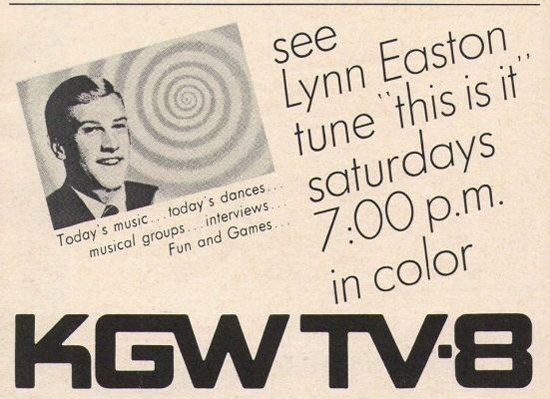
DATELINE April 17, 2020: Here’s an interesting 100+-year-old card advertising the availability of piano lessons being offered by professor John Brabazon Lowther an instructor based at Ms. Nellie Cornish’s arts school on Seattle’s Capitol Hill. Lowther initially showed up in town back in 1915, when according to The Seattle Times “the noted Celtic baritone” singer performed in a vaudeville revue at the Orpheum Theatre. During WWI in 1917 he sang for a Red Cross fund-raiser event at the Sunset Club. His renditions of Tosca’s “Se la Giurata Fede,” Hood’s “Song of The Shirt” — along with two original compositions: “My Soul Is An Aeolian Harp” and “A Man’s Best Friend” — were so enthusiastically “received by the audience” he was “compelled to repeat a number of his selections before he was allowed to continue the program.” [“Brabazon Lowther Scores Decided Hit” Seattle Times October 1, 1917] Then, on October 16th Lowther gave his first concert at the Cornish Recital Hall, many others followed well into 1919. In December news broke that Lowther — the son of Colonel and Mrs. Lowther of Shrigley Park, Macclesfield, Chesire, England — had married Dr. Lyra B. Kohlander of Seattle on October 25th in London.
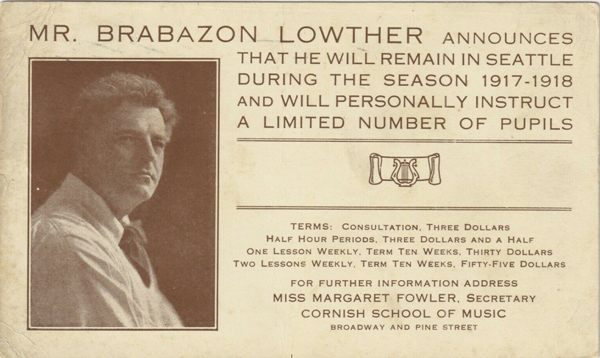
DATELINE April 11, 2020: We are so pleased to have recently uncovered another rare image of Seattle’s first be-bop jazz band: the Cecil Young Quartet. Formed in 1950 they recorded a live gig in a downtown theater and it was released on disc in 1951. Only a few scant few photographic images of them have surfaced thus far, so this is a significant find! [READ MORE…]
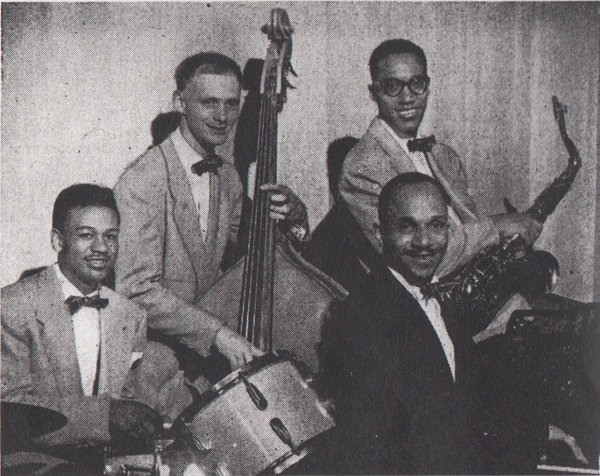
DATELINE April 3, 2020: The discovery of a previously unknown photograph of — or recording by — a Northwest-based musician or ensemble often sparks a new effort to unearth more info about them. Here is one from 1913 that recently surfaced and which we are currently attempting to learn more about: Spokane, Washington’s “representative concert band” — Bowen And His American Band. We’ll report back as further details emerge…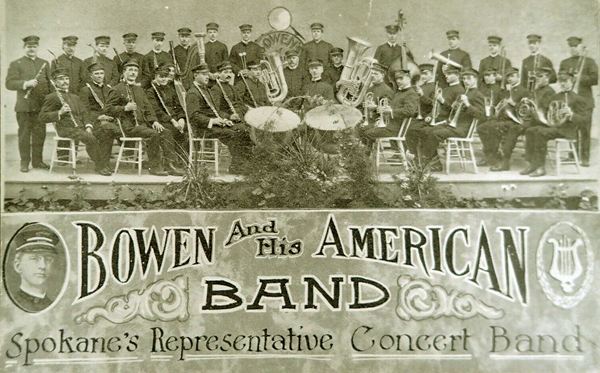
DATELINE March 26, 2020:Â Here’s an interesting 100+ year-old local postcard that just popped up. It shows one of the female floor-show entertainers employed at the Butler Hotel’s Cafe (located in Seattle at Second Avenue and James Street).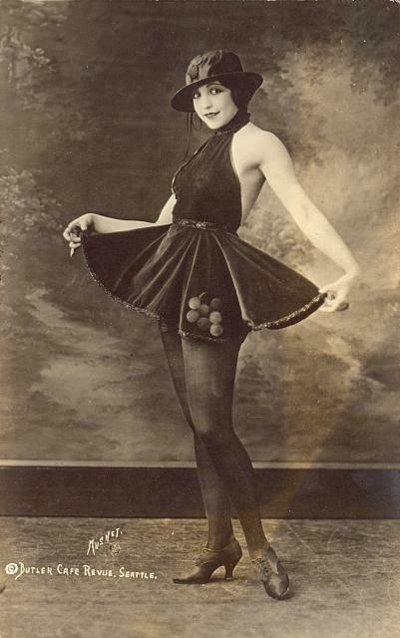
The Butler was a legendary spot — the first grand brick hotel to be constructed right after the Great Seattle Fire of 1889 burned the Central Business District down. The Butler hosted visiting Presidents and other luminaries, and its various ballrooms, grills, and cafe’s offered entertainment provided by numerous singers, dancers, orchestras and Jazz Era dance-bands.
The Hotel Butler was also the site of the first ever recording session in Seattle. The Hotel Butler Orchestra, as led by the irrepressible Victor “Vic†Meyers (1897-1991), had been attracting Seattle’s collegiate dance crowd to their perch at the hotel’s Rose Room . This was at about the midpoint of the Prohibition Era (1916-1933) and the Rose Room was one of the most prominent / infamous speakeasies in Seattle — a place where dandies in raccoon coats & their flapper dates danced the foxtrot, & sipped illegal booze well into the wee small hours. But the place was hardly a secret: Seattle’s social/political elite also reportedly enjoyed attending and Meyers would famously tip everyone off to impending liquor raids by signaling his band to stop playing whatever song they were on & instead shift to the refrain of “How Dry I Am” while all the evidence was poured down kitchen drains. But even though these periodic raids were occasionally successful (with as many as 150 attendees hauled off to jail on one particular night), it took many years for the clampdown to have any real effect. [READ MORE…]
DATELINE September 12, 2019: Here’s our new biographical essay about beloved Seattle singer, Val Rosa, whose life in music is a remarkable one: While still a teenager she sang with early Pacific Northwest rock ‘n’ roll bands, including the Dimensions, Viceroys, and Dynamics, and joined Jimmy Hanna’s Big Blues Band — a large ensemble of premier R&B players that opened local concerts for touring Motown stars. Rosa headed to Hollywood in 1967, where she experienced brushes with fame and had many memorable musical encounters. [READ MORE...]
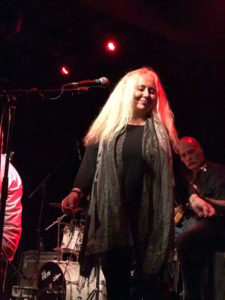
DATELINE June 25, 2019: When we ponder which musicians from the Pacific Northwest cut the most records during their careers, a few names immediately come to mind: Theo Karle (Olympia’s concert vocalist who cut perhaps 150 discs beginning in 1916); Bing Crosby (Tacoma’s pop vocalist who cut 2000+ songs beginning in 1926); Jimi Hendrix (Seattle’s superstar rock guitarist who cut about four albums worth of tunes while living – but has had thousands of bootlegged songs released since his passing in 1970); & Pearl Jam (Seattle’s grunge heroes who have cut a half dozen studio albums, and hundreds of live concert albums for their in-house “bootleg” series).
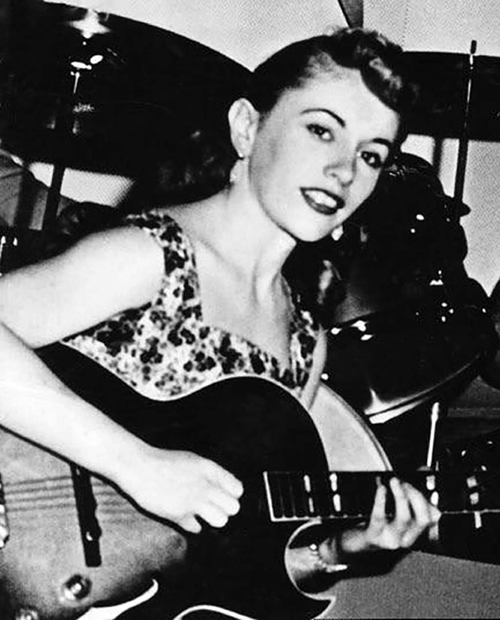 But on a whole ‘nother level of achievement is Carol Kaye — the native of Everett, Washington, who went on to carve out a career as a premier bassist in Los Angeles and cut 10,000+ songs — including many of the top radio hits of the 1960s. With Kaye’s cooperation, Pete Blecha just wrote and posted a definitive biographical essay about her life’s work. [READ MORE...]
But on a whole ‘nother level of achievement is Carol Kaye — the native of Everett, Washington, who went on to carve out a career as a premier bassist in Los Angeles and cut 10,000+ songs — including many of the top radio hits of the 1960s. With Kaye’s cooperation, Pete Blecha just wrote and posted a definitive biographical essay about her life’s work. [READ MORE...]
DATELINE June 3, 2019: Ten years ago I published the first-ever telling of the saga behind Tacoma’s teenage doo-wop group, The Barons, and their 1950s recordings for the mighty Imperial label in Los Angeles. 25 years prior to that, an old-time local music fan showed me his own copy of a 78-rpm disc of “Searching For You” (Imperial #930). What was special about it was that he’d actually had the guys autograph the disc when he crossed paths with the group one day way-back-when at Tacoma’s Broadway Record Shop. Well, patience brings rewards, and that very same record recently came home to the Northwest Music Archives. We are simply thrilled!
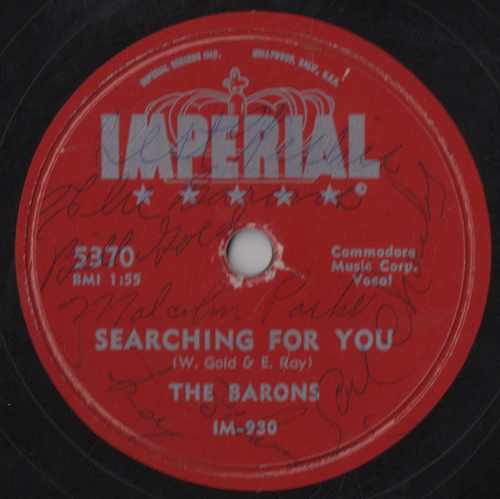
In addition, this photo of the Barons — the first one ever known to surface — was recently confirmed to be the real deal by a stepson of a founding member of the group, William Gold (as seen, second from left).

DATELINE May 5, 2019: NEW ARTIFACTS JUST DISCOVERED! After many years of searching, we recently lucked upon two evidently quite rare old Northwest 78 rpm discs from back in the 1940s-1950s.
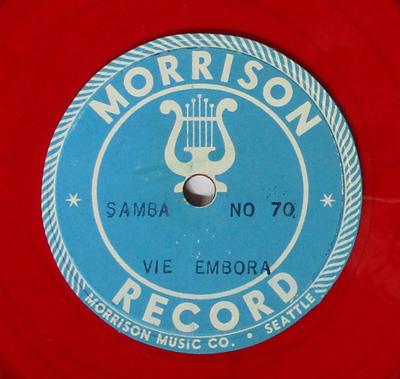 We already knew that Seattle’s pionering record label, Morrison Music Co., had issued a couple Samba & Rumba dance records (serial numbers #70 and #71), but could just never locate surviving specimens until now. Though the names of the performing artists still remain unknown — the tunes reveal a professional-level Latino combo — we aim to solve that lingering mystery in due course.
We already knew that Seattle’s pionering record label, Morrison Music Co., had issued a couple Samba & Rumba dance records (serial numbers #70 and #71), but could just never locate surviving specimens until now. Though the names of the performing artists still remain unknown — the tunes reveal a professional-level Latino combo — we aim to solve that lingering mystery in due course.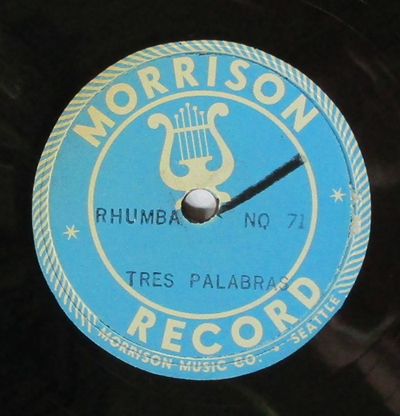
DATELINE March 1, 2019: NEW ARTIFACT JUST DISCOVERED! In our quest to document the history of audio recording — and early recording studios in the Pacific Northwest — we are always thrilled when significant new clues emerge. So our recent acquisition of a disc produced on April 16, 1937, by the Seattle Recording Studios Inc. is quite exciting.
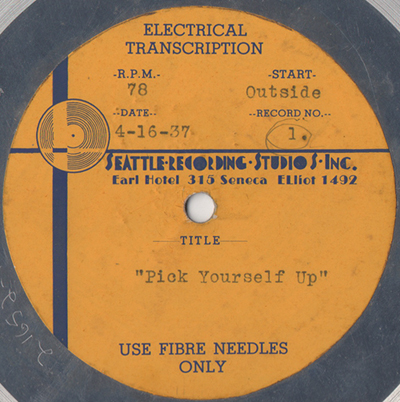
Based in Seattle’s New Hotel Earl (at 315 Seneca Street) this early facility had actually taken over the spot previously occupied by George Rex’s Rex Studios, making these among the first two or three active audio businesses in the whole region. Such studios typically focused on cutting vocal + piano songs by local songsmiths or wannabe professional singers. This 10-inch 78rpm disc features two songs — “Pick Yourself Up” and “Wanita” — as performed by a yet unidentified artist(s). As noted on this fragile disc’s label, it requires the use of a fibre (cactus) stylus — but even though we do have some unused antique cactus styli, we have not spun it yet, so we don’t know what the darn thing sounds like!

DATELINE February 14, 2019: A big thanks to the British Archive of Country Music (BACM) who just shipped us a copy of their recent CD release: Country Music From The Pacific Northwest (BACM CD DA 580) — and, for crediting the historical writings of one of this site’s founders, Peter Blecha, in its liner notes. The disc contains 29 vintage recordings spanning the 1940s through the 1950s. The bands featured hailed from Seattle to Spokane, Tacoma to Kelso and Portland. Many of the tunes — taken largely from vintage 78 rpm records that are also in the NWMA’s collections — were performed by notable talents including: Bonnie & Paul Tutmarc, the Evergreen Drifters, Arkie Shibley & the Mt. Dew Boys, and Vic Martin & the Western Merrymakers! So great to finally have these cuts in the handy CD format — excellent job BACM!
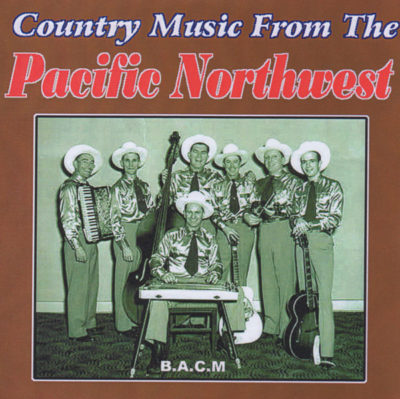
DATELINE September 13, 2018:Â In honor of the 15th Anniversary of the passing of music great, Johnny Cash, we post this vintage photograph from the summer of 1961. It shows Cash in performance, backed by his guitarists — Luther Perkins and Marshall Grant — along with several Northwest musicians / singers: Jerry Merritt & the Crowns and Laverne Myllicent. Exact location is uncertain, but thought to perhaps be at Olympia’s Evergreen Ballroom, where Cash played on June 25, 1961.
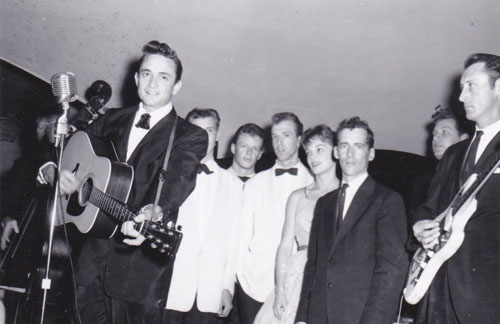
DATELINE July 26, 2018: VINTAGE PHOTO JUST DISCOVERED! The Scandia Barn Dance was a live radio program that aired on Seatttle’s KOMO radio from 1950 through 1952. It featured a cast of musicians, singers, actors, and comedic talents who specialized in the sort of “Scandihoovian” entertainments surely appreciated by the area’s large population of Scandinavian Americans who dominated the Ballard neighborhood. The show’s house-band, the Scandia Quartet, was led by accordionist Greta Logan and they were also popular city-wide having performed at the 1950 Grand Opening of the Northgate Mall, and supplied tunes for the summer Seafair festival’s square dances held annually at the Civic Auditorium (225 Mercer Street) and the Trianon Ballroom (218 Wall Street).
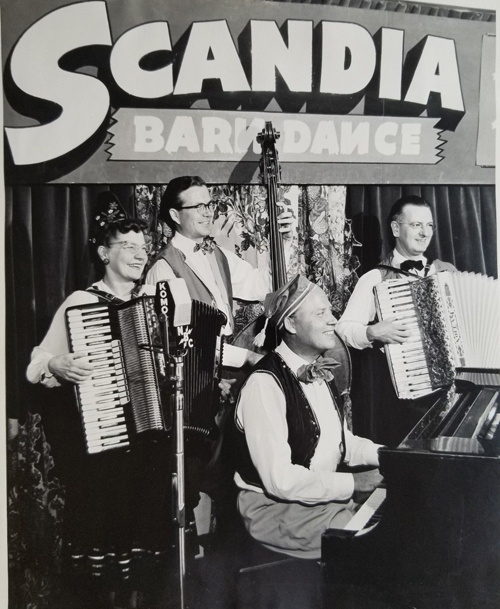
Other regulars included the singing duo, Loren Davidson & Ruth Stendal, announcer Frederick Lloyd (Lloyd G. Bloom, who’d begun as an actor on KJR in 1934, and then joined KOMO in 1944), and the zany dialect humorist Doug Setterberg (who started off on KOL’s Carnival Hour and then moved to KOMO, eventually becoming a writer and performer for Scandia Barn Dance).
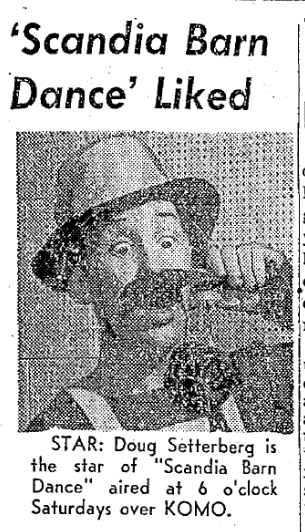 One highlight of each show was Settterberg’s serial monologue, The Little White Cottage Overlooking Shilshole Bay — which was just a little bit south of North Ballard. Setterberg later went on to wider notoriety as a musical partner, on records and television, with Seattle’s other great Scandihoovian humorist/musician Stan Boreson. [Source]
One highlight of each show was Settterberg’s serial monologue, The Little White Cottage Overlooking Shilshole Bay — which was just a little bit south of North Ballard. Setterberg later went on to wider notoriety as a musical partner, on records and television, with Seattle’s other great Scandihoovian humorist/musician Stan Boreson. [Source]
DATELINE March 16, 2018: In honor of one of the finest guitarists to ever live and work on the Pacific Northwest’s music scene, we salute Nokie Edwards who passed away on March 12th. Edwards’s family came to the Puyallup area by the early 1950s, and he was playing in Buck Owens‘s Tacoma-based country band in 1958-’59 when he crossed paths with a couple young local guitarists who recruited him to join a recording session up in Seattle. The result was “Walk–Don’t Run,” a global radio hit in 1960 — one that effectively sparked the subsequent Surf Rock movement. The Ventures proved to be the most successful instrumental band of all time, and the biggest rock ‘n’ roll export from here until Jimi Hendrix emerged. The New York Times contacted us for comments, and you read their obituary HERE.
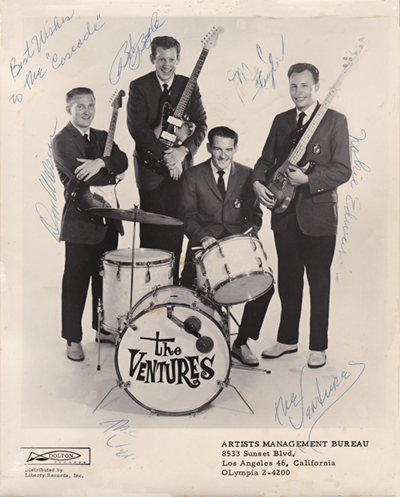
DATELINE January 25, 2018: Of all the many hundreds of vintage song-sheets from the Pacific Northwest that weve collected over the decades, this one has long been a favorite. The bold graphic design elements combine nicely with the cheeky Jazz Era humor of the song title, “The Rag With No Name.”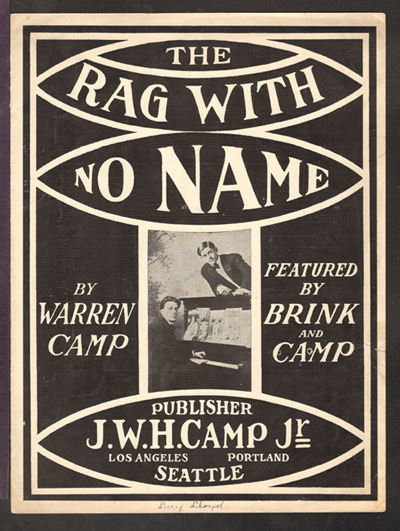 Published in 1911 by J.W. H. Camp Jr., the cover-art of this scarce sheet music also features a fun photo image of our ragtime piano boys, Brink and Camp. That same year, Brink and Camp stayed busy entertaining partying crowds weekly at Seattle’s Olympus Cafe (110-112 First Avenue S). We wish more info on this dashing duo would surface, but this is all we know for now!
Published in 1911 by J.W. H. Camp Jr., the cover-art of this scarce sheet music also features a fun photo image of our ragtime piano boys, Brink and Camp. That same year, Brink and Camp stayed busy entertaining partying crowds weekly at Seattle’s Olympus Cafe (110-112 First Avenue S). We wish more info on this dashing duo would surface, but this is all we know for now!
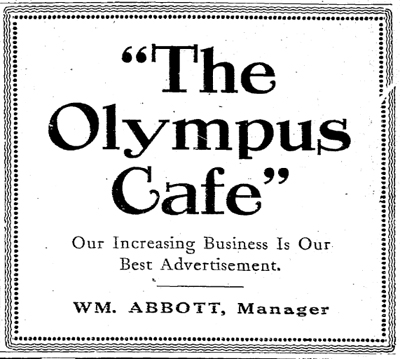

DATELINE August 6, 2017: Kurt Cobain (1967-1994), among the most famous musicians to emerge from the Pacific Northwest, established himself as the iconic rock ‘n’ roll anti-hero of his time.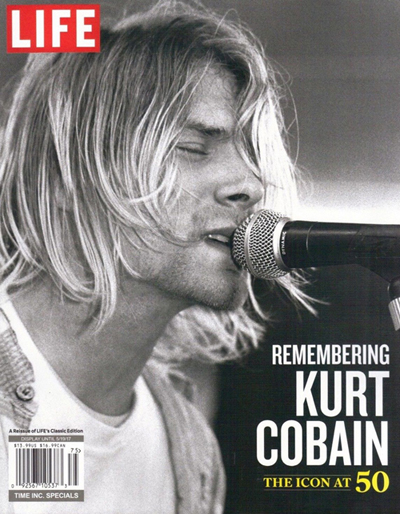 Born in Aberdeen, Grays Harbor County, Cobain was an artistic kid from a broken home who loved rock music, played guitar from a young age, and in 1987 formed a band. In 1988 Nirvana made its Seattle debut and Sub Pop began marketing the group as part of the Northwest’s flannel-clad Grunge Rock uprising. Nevermind, the group’s 1991 album on the DGC label, was an instant commercial success and genuine cultural phenomenon, with “Smells Like Teen Spirit” becoming a Gen-X anthem. Cobain’s angst-ridden songwriting exhibited a snarly punk musicality leavened with a keen pop genius that won over MTV, Rolling Stone, and the global radio industry. Nirvana’s meteoric rise was soon recognized as part of an authentic “alternative rock” revolution. More records and tours followed, but in April 1994 the tremendously talented yet troubled musician died by his own hand at his Seattle mansion. [Read More…]
Born in Aberdeen, Grays Harbor County, Cobain was an artistic kid from a broken home who loved rock music, played guitar from a young age, and in 1987 formed a band. In 1988 Nirvana made its Seattle debut and Sub Pop began marketing the group as part of the Northwest’s flannel-clad Grunge Rock uprising. Nevermind, the group’s 1991 album on the DGC label, was an instant commercial success and genuine cultural phenomenon, with “Smells Like Teen Spirit” becoming a Gen-X anthem. Cobain’s angst-ridden songwriting exhibited a snarly punk musicality leavened with a keen pop genius that won over MTV, Rolling Stone, and the global radio industry. Nirvana’s meteoric rise was soon recognized as part of an authentic “alternative rock” revolution. More records and tours followed, but in April 1994 the tremendously talented yet troubled musician died by his own hand at his Seattle mansion. [Read More…]
DATELINE June 8, 2017: Solomon Ho’opi’i (1902-1953) — known as “King of the Hawaiian Steel Guitar” — was an extremely gifted player, a great innovator, and an originator of the Sacred Steel movement.
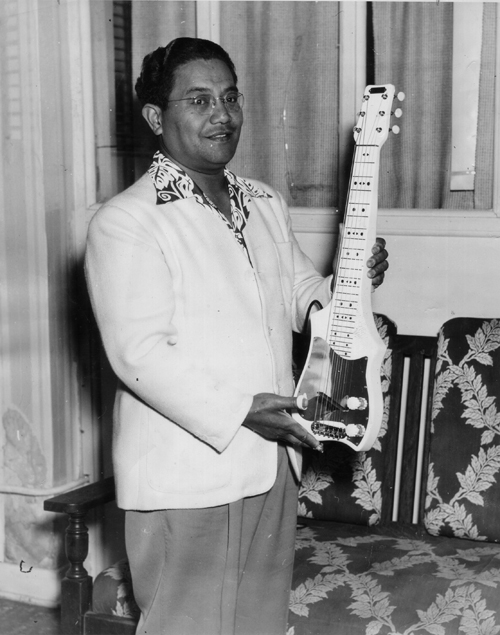 He sailed from Hawaii to California by ocean liner in 1919. Finding little work in San Francisco, he headed to Hollywood where — under the simplified stage name “Sol Hoopii” (pronounced sawhl ho-ohh-pee-eee) — he was quickly embraced by the entertainment biz. The Hawaiian music craze was in full swing and Hoopii soon formed a trio, performed on national radio broadcasts, began recording for major labels, appeared in numerous movies, and before long was nicknamed the “Hollywood Hawaiian” — reputedly the most famous Hawaiian musician on earth. Then, in 1938, he found religion and turned away from fortune and fame to devote his life to performing sacred hymns. While touring the Pacific Northwest in 1942 he crossed paths with Seattle’s steel-guitar teacher and manufacturer Paul Tutmarc Sr. (1896-1972), forging a steadfast friendship with the entire Tutmarc family. Hoopii later married Anna Hutchinson of Seattle and bought a home in the city, where he played numerous shows until his death at Virginia Mason Hospital in 1953. [Read More…]
He sailed from Hawaii to California by ocean liner in 1919. Finding little work in San Francisco, he headed to Hollywood where — under the simplified stage name “Sol Hoopii” (pronounced sawhl ho-ohh-pee-eee) — he was quickly embraced by the entertainment biz. The Hawaiian music craze was in full swing and Hoopii soon formed a trio, performed on national radio broadcasts, began recording for major labels, appeared in numerous movies, and before long was nicknamed the “Hollywood Hawaiian” — reputedly the most famous Hawaiian musician on earth. Then, in 1938, he found religion and turned away from fortune and fame to devote his life to performing sacred hymns. While touring the Pacific Northwest in 1942 he crossed paths with Seattle’s steel-guitar teacher and manufacturer Paul Tutmarc Sr. (1896-1972), forging a steadfast friendship with the entire Tutmarc family. Hoopii later married Anna Hutchinson of Seattle and bought a home in the city, where he played numerous shows until his death at Virginia Mason Hospital in 1953. [Read More…]
DATELINE May 3, 2017: Phil Moore (1918-1987) was an African American child prodigy musician from Portland, Oregon, who studied music in Seattle before embarking on an amazing career in New York City and Hollywood. He got his first big break on Seattle radio in 1935:
 On Friday, June 7, 1935, Seattle’s KXA radio station made history by featuring a young African American musician performing live from its downtown studios, billing what will be a weekly program as Phil Moore Rhythm. The teenage musician’s debut came at a time when Seattle’s black and white music scenes were largely separate – indeed there were two separate musicians’ union locals, segregated by race — and African Americans were largely invisible in the local mainstream print and broadcast media. From such humble beginnings, Phil Moore would go on to a remarkable career – or rather six careers: as a player, a composer, an arranger, an orchestra conductor, a record producer, and perhaps most significantly, as America’s premier vocal coach. [Read More…]
On Friday, June 7, 1935, Seattle’s KXA radio station made history by featuring a young African American musician performing live from its downtown studios, billing what will be a weekly program as Phil Moore Rhythm. The teenage musician’s debut came at a time when Seattle’s black and white music scenes were largely separate – indeed there were two separate musicians’ union locals, segregated by race — and African Americans were largely invisible in the local mainstream print and broadcast media. From such humble beginnings, Phil Moore would go on to a remarkable career – or rather six careers: as a player, a composer, an arranger, an orchestra conductor, a record producer, and perhaps most significantly, as America’s premier vocal coach. [Read More…]DATELINE March 3, 2017: Larry Coryell — among the finest guitarists to ever hail from the Pacific Northwest — passed away at age 73 on February 19th in New York City. Widely acknowledged as a prime pioneer of the Jazz Fusion movement of the 1970s, Coryell initially made his mark as a contributor to the rise of our regional R&B-driven rock & roll scene of the 1950s-’60s. Numerous obituaries have been published elsewhere — including The New York Times and Rolling Stone magazine — but here at the Northwest Music Archives, we want to share a few details that those other publications overlooked. 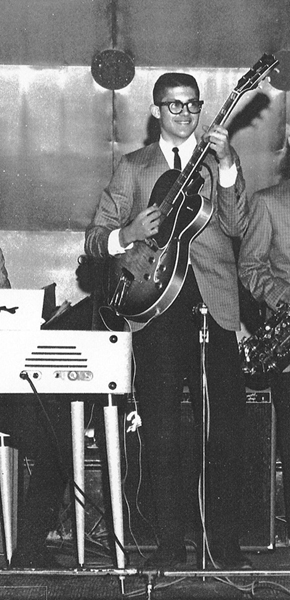
Coryell had been very helpful to our research efforts over the decades, describing his earliest years growing up in Richland, Washington; taking his first guitar lessons there at Korton’s Music shop; joining his first bands and playing his first gigs; recording his first 45 in Seattle with the Royals; being recruited into Yakima’s top band, the Checkers, and cutting additional singles; moving to Seattle in 1961 and jamming with the Dave Lewis Combo at Birdland; joining the Dynamics and helping propel them into status as one of Seattle’s top teen-R&B groups; and then finally determining that he needed to move to New York to further his career. It was in NYC that he formed a psychedelic folk/jazz/rock band, the Free Spirits (along with Oregon’s Native American saxman, Jim Pepper).
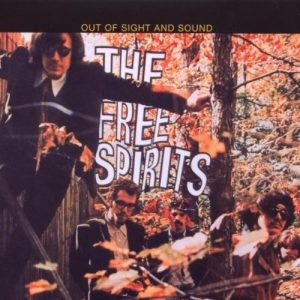 A top-tier player, Coryell also jammed with the likes of Jimi Hendrix and Eric Clapton. Indeed, after an energetic 1976 concert appearance with the latter, London’s Melody Maker magazine ran the blaring headline: “Coryell Cuts Clapton”. As a jazzer Coryell also jammed and recorded with many top names; joined and/or lead numerous esteemed jazz combos; and recorded countless LPs. But, in our discussions with him, Larry Coryell, dependably reiterated his undying fondness for his early Northwest days and the original “Northwest Sound.”
A top-tier player, Coryell also jammed with the likes of Jimi Hendrix and Eric Clapton. Indeed, after an energetic 1976 concert appearance with the latter, London’s Melody Maker magazine ran the blaring headline: “Coryell Cuts Clapton”. As a jazzer Coryell also jammed and recorded with many top names; joined and/or lead numerous esteemed jazz combos; and recorded countless LPs. But, in our discussions with him, Larry Coryell, dependably reiterated his undying fondness for his early Northwest days and the original “Northwest Sound.”
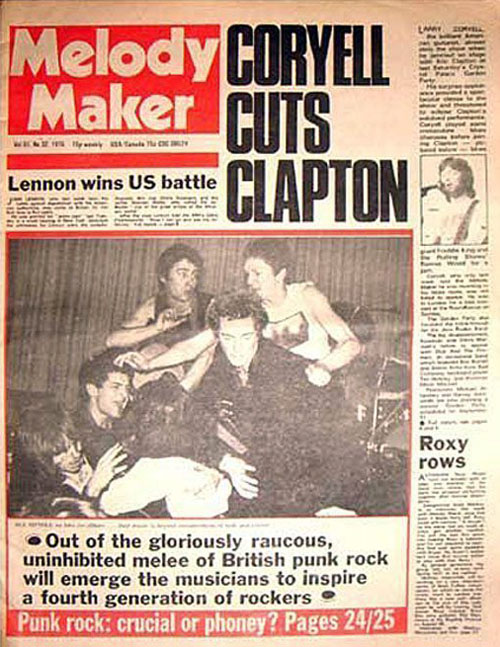
DATELINE November 29, 2016: Pat Suzuki (b. 1930), a vibrant Japanese American singer, wowed the town like few other local stars had during her three-year mid-1950s run headlining The Colony, a downtown Seattle supper club. Her intense stage presence and preternatural vocal skills destined her to become a diva. Pretty as can be, the petite performer, blessed with an enviable hairdo — hence her nickname “Little Miss Pony Tail” — simply dazzled her audiences, which soon included stars such as Bing Crosby, who offered his influential approval to the media. National television appearances followed, then a major record deal, then a starring role on Broadway in Rodgers and Hammerstein’s new musical Flower Drum Song. From there Suzuki simply skyrocketed to national fame, appearing on Time magazine’s cover, sharing the stage with Frank Sinatra, receiving a Grammy Award nomination, and even hanging out with the Kennedy family during the “Camelot” days. But, as she once admitted early on: “I’m not joining the big-time rat race.” And she didn’t. Suzuki married, had a family, and scaled back her career, albeit one that continued at a lesser pace well into the 1990s. [Read More…]
DATELINE November 9, 2016: Seattle was graced throughout the 1950s by the presence of an extremely elegant and popular local chanteuse who billed herself simply as “Merceedees.” Born Mercedes Welcker, she was a piano-playing Chicago teen who moved at a young age to New York City and went on to compose a song recorded by big-time artists like the Glenn Miller and Jimmy Dorsey orchestras. Merceedees came to Seattle as a World War II veteran in 1949 and her citywide popularity as an African American performer soon played a significant role in narrowing the cultural chasm between various racial communities. Pretty, glamorous, smart, and musically talented, she quickly scored her own Music with Merceedees show on early television station KING-TV and then a weekly radio program on KING-AM. Her star rose further with a regular gig at the swanky Sorrento Hotel and a recording contract with Seattle’s pioneering Linden Records. Ever ambitious, she also built and ran a recording studio and founded her own Gold Seal publishing company and record label. But life’s challenges wore on her, and Merceedees Walton ended up living alone in squalor during her final years. [Read more…]

DATELINE November 8, 2016: Just published! Pete Blecha’s latest essay — this one is about Seattle’s early child prodigy pianist, Dorothy Eustis. She garnered widespread fame — via radio, TV, and recordings, and Hollywood film soundtracks — before disappearing, and then finally being rediscovered much later as a mysterious mute hospital patient in Italy. Here’s her amazing story. [Read More…]
DATELINE July 10, 2016: Just published! Pete Blecha’s latest essay — this one is about the day, back in 1927, when an audio-engineering team from one of the greatest labels in the world, the Columbia Phonograph Company, arrived in Spokane, Washington, and began recording various local musical talents – including Miss Lillian Frederick’s Garden Dancing Palace Orchestra.
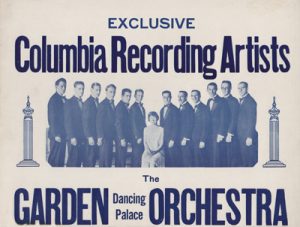 It was on Friday, September 23, 1927, that a mobile field crew of a half-dozen men from the big-time, New York City-based Columbia Phonograph Company began a two-day round of recording sessions with local musicians in Spokane. This was not the first time that a major label had sent technicians out into the boondocks to capture provincial talents with their recording devices — Brunswick came through the Northwest as far back as 1923, and Columbia visited Seattle in 1926 (and will travel around the Northwest yet again in 1928) — but this time the Spokane Daily Chronicle covered the crew’s arrival and activities for its Eastern Washington readers. [Read more…]
It was on Friday, September 23, 1927, that a mobile field crew of a half-dozen men from the big-time, New York City-based Columbia Phonograph Company began a two-day round of recording sessions with local musicians in Spokane. This was not the first time that a major label had sent technicians out into the boondocks to capture provincial talents with their recording devices — Brunswick came through the Northwest as far back as 1923, and Columbia visited Seattle in 1926 (and will travel around the Northwest yet again in 1928) — but this time the Spokane Daily Chronicle covered the crew’s arrival and activities for its Eastern Washington readers. [Read more…]
DATELINE May 13, 2016: Just a quick posting in honor of the recent passing (May 9, 2016) of one of Northwest rock & roll’s very first teens to have owned an electric Fender bass guitar back in the 1950s — my old friend, Jimmy Manolides. He joined Seattle’s first prominent white rock band, the Frantics, while an art student at UW. 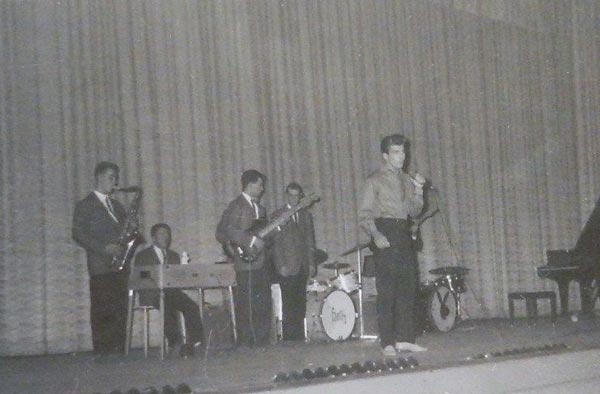
 In early 1959, they scored a couple sizable radio hits for the new Dolton Records company — a label whose graphic logo Manolides designed. The Frantics enjoyed countless adventures together — including supporting many touring teen-idol singing stars, such as Bobby Darin and Ray Stevens. Then there was the time they backed Fabian who was decidedly not the most talked about star of the century — as was claimed in one display ad seen here! — at the old Civic Auditorium (225 Mercer Street) on November 6, 1959. [Pete Blecha]
In early 1959, they scored a couple sizable radio hits for the new Dolton Records company — a label whose graphic logo Manolides designed. The Frantics enjoyed countless adventures together — including supporting many touring teen-idol singing stars, such as Bobby Darin and Ray Stevens. Then there was the time they backed Fabian who was decidedly not the most talked about star of the century — as was claimed in one display ad seen here! — at the old Civic Auditorium (225 Mercer Street) on November 6, 1959. [Pete Blecha]
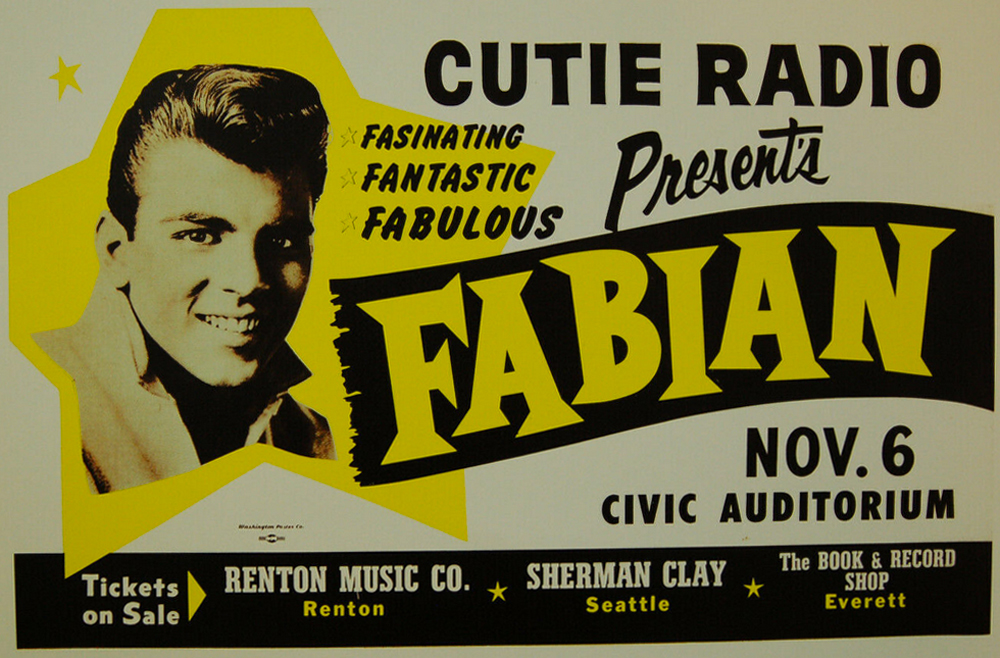
DATELINE April 28, 2016: Just published! Pete Blecha’s latest essay is about a series of the Pacific Northwest’s earliest hot-rod themed songs from back in the 1950s and 1960s: “Hot-Rod Songs of the Northwest”
 A century-long tradition of songs that feature lyrics (and sometimes musical sound effects) associated with driving automobiles attests to the fact that songsmiths have found the topic of fast cars to be an attractive one. Road-race songs have certainly been popular in the Pacific Northwest, and one of the best-known of all such tunes — Charlie Ryan‘s proto-rockabilly gem “Hot Rod Lincoln” originated here back in the 1950s. But the region’s hot-rod-song history is richer than that, as Ryan’s hit was preceded by earlier Northwest country records including Jack Rivers‘s “Navy Hot Rod” and the granddaddy of them all, Arkie Shibley‘s “Hot Rod Race.” [Read More…]
A century-long tradition of songs that feature lyrics (and sometimes musical sound effects) associated with driving automobiles attests to the fact that songsmiths have found the topic of fast cars to be an attractive one. Road-race songs have certainly been popular in the Pacific Northwest, and one of the best-known of all such tunes — Charlie Ryan‘s proto-rockabilly gem “Hot Rod Lincoln” originated here back in the 1950s. But the region’s hot-rod-song history is richer than that, as Ryan’s hit was preceded by earlier Northwest country records including Jack Rivers‘s “Navy Hot Rod” and the granddaddy of them all, Arkie Shibley‘s “Hot Rod Race.” [Read More…]
DATELINE January 29, 2016: Though there have been countless Nirvana bootleg albums released (in both vinyl and compact disc formats) over the past two-and-a-half decades, some are more notable than others. Here is a recent unit that is exceptionally exciting. Even with a title that is inaccurate the 9-song set was recorded in Olympia (rather than Seattle) at Olympia’s Evergreen State College for broadcast on the campus radio station, KAOS-FM this CD is a most welcome addition to the band’s recorded history. Cut at an early date (April 17, 1987) when the young band was still called Skid Row, we get a good sense of the amazing promise that our talented rocker boys from little ol’ Aberdeen would soon treat the unsuspecting world to…
DATELINE January 1, 2015: New essay about the 1991 live debut in Seattle of one of the most significant hit songs ever produced by any Northwest musical artists Nirvana’s “Smells Like Teen Spirit” just posted online by Pete Blecha at HistoryLink.org. [Poster design by Mark Bendix, image courtesy EMP Museum.]
DATELINE November 18, 2014: The recent discovery of another mega-rare Seattle music history artifact inspires a new mini-essay by Pete Blecha: “The Ubangi Club: Seattle’s Hot Nitespot (1936-1938).”
